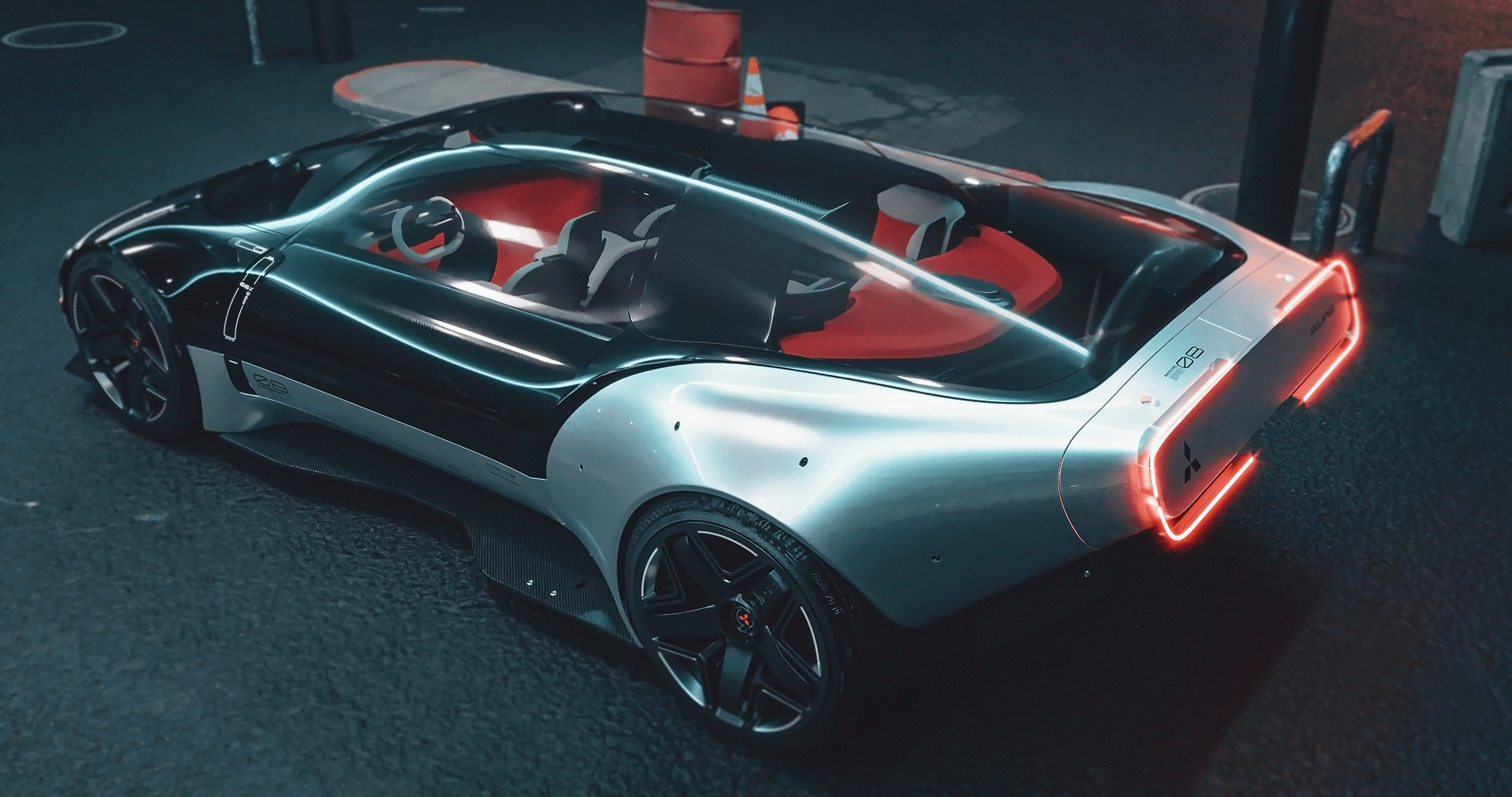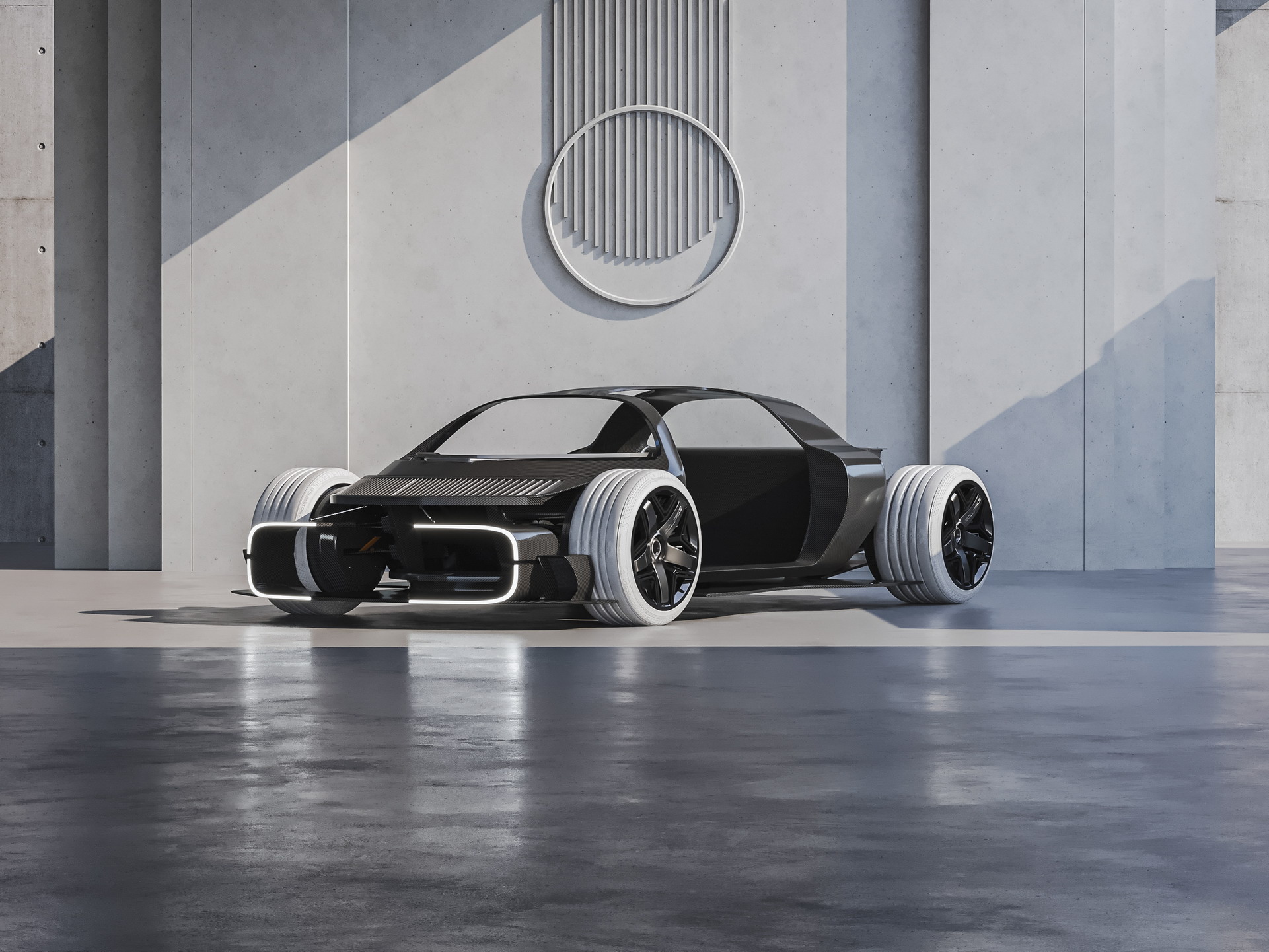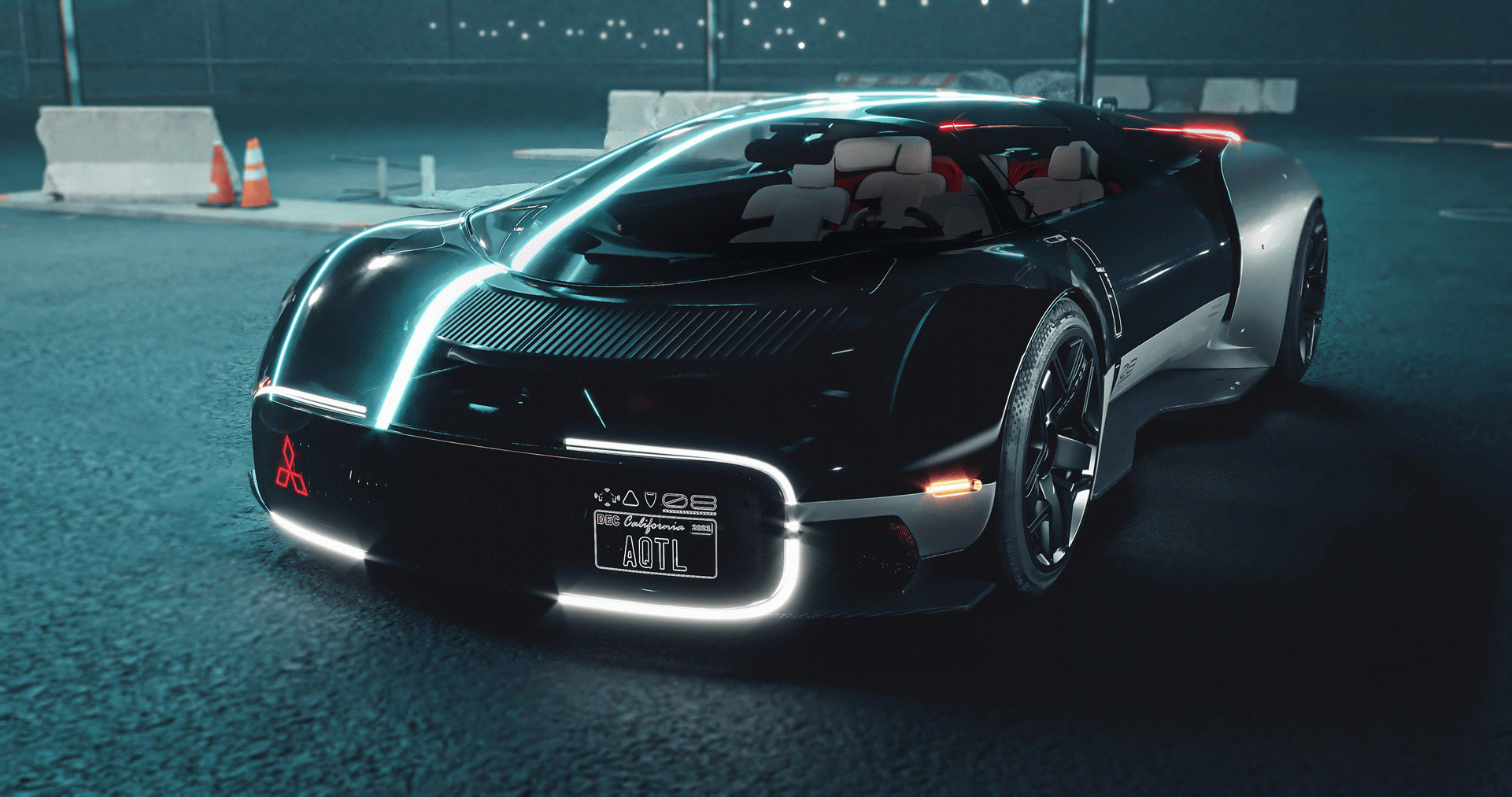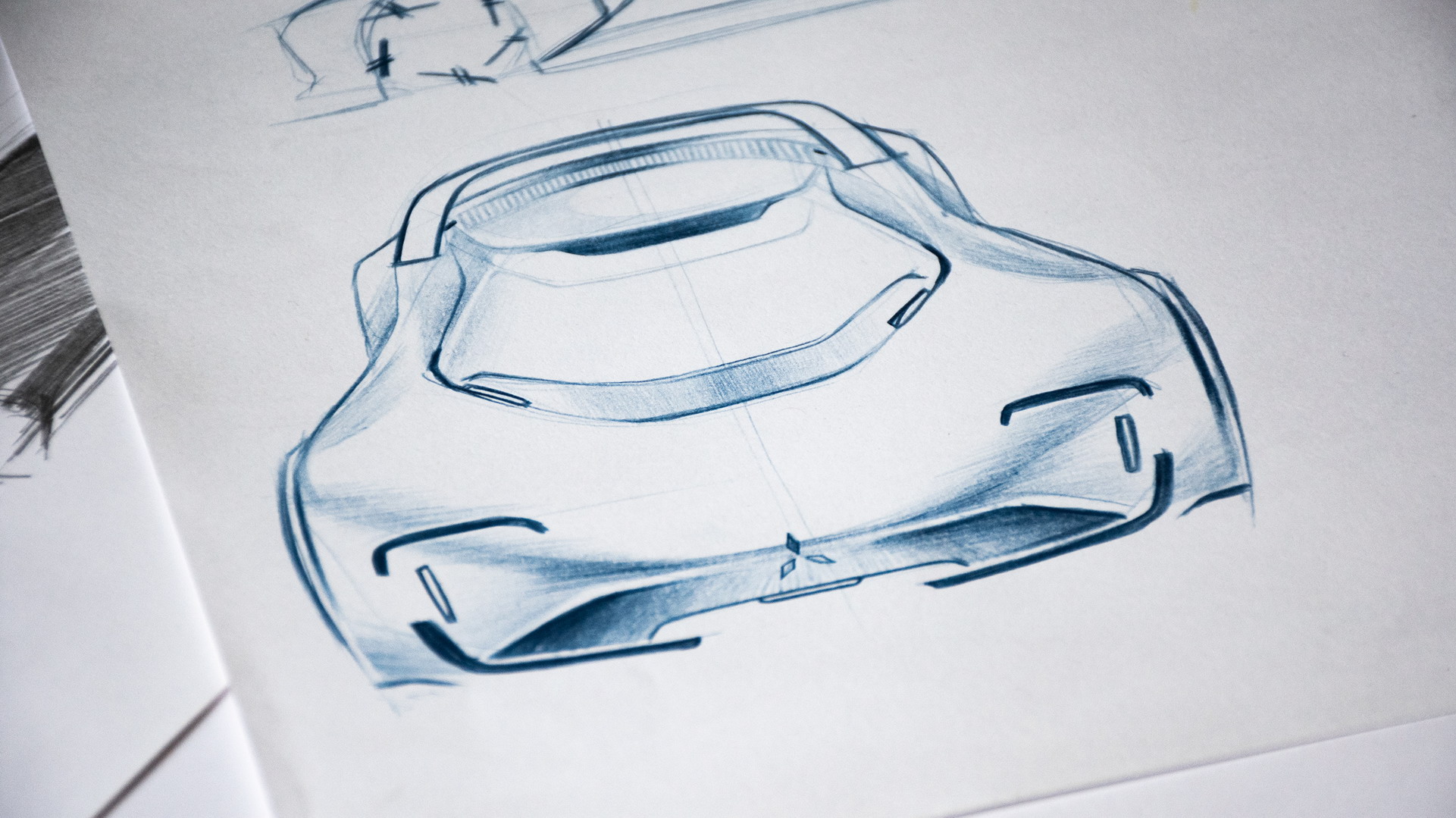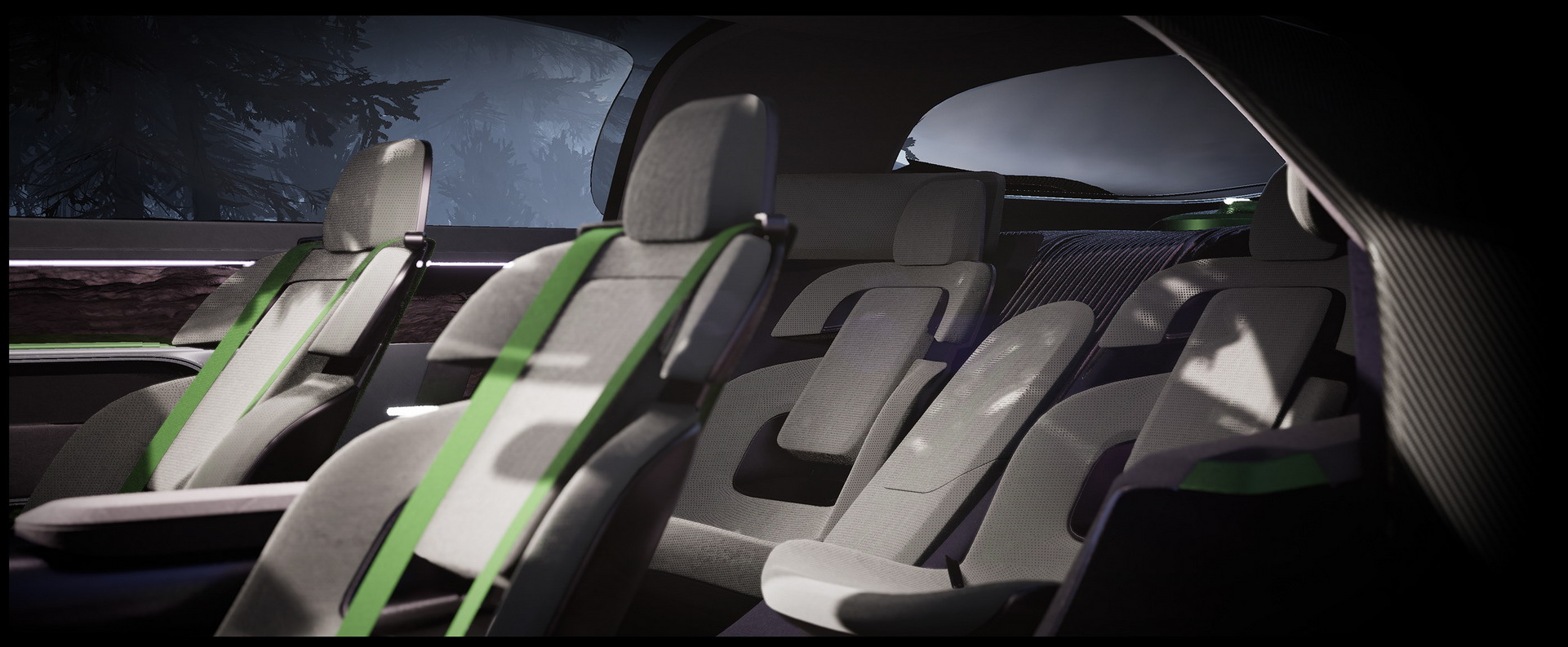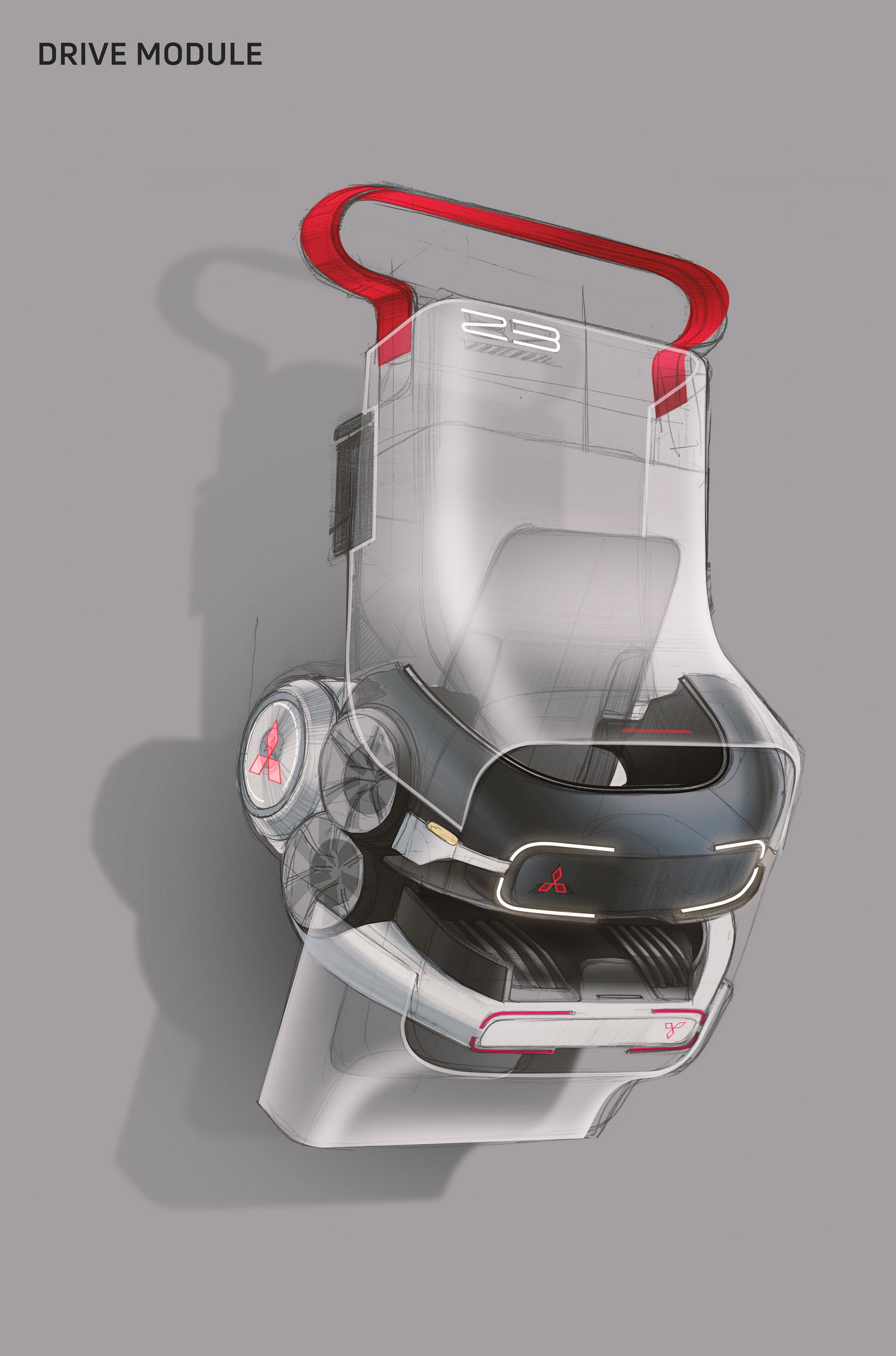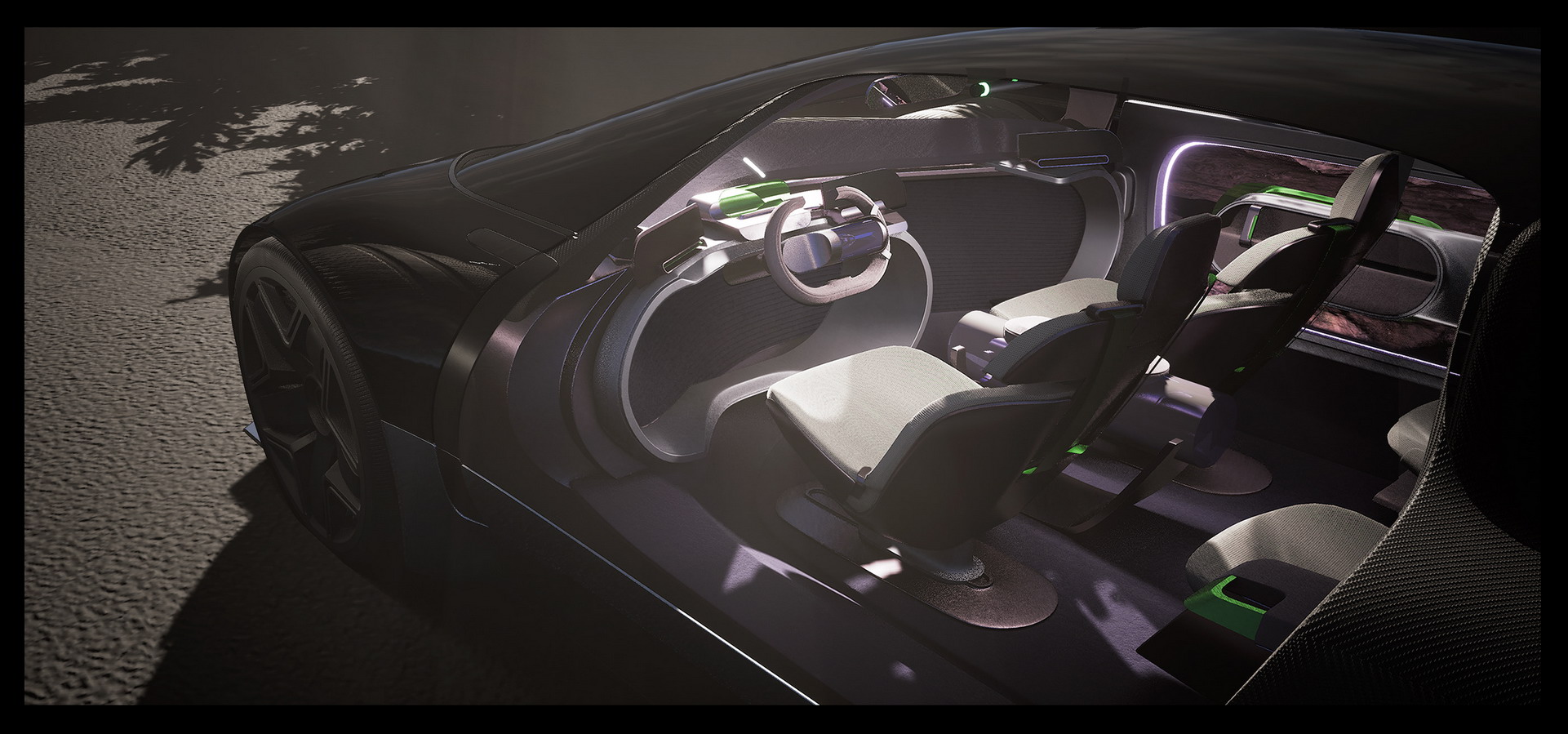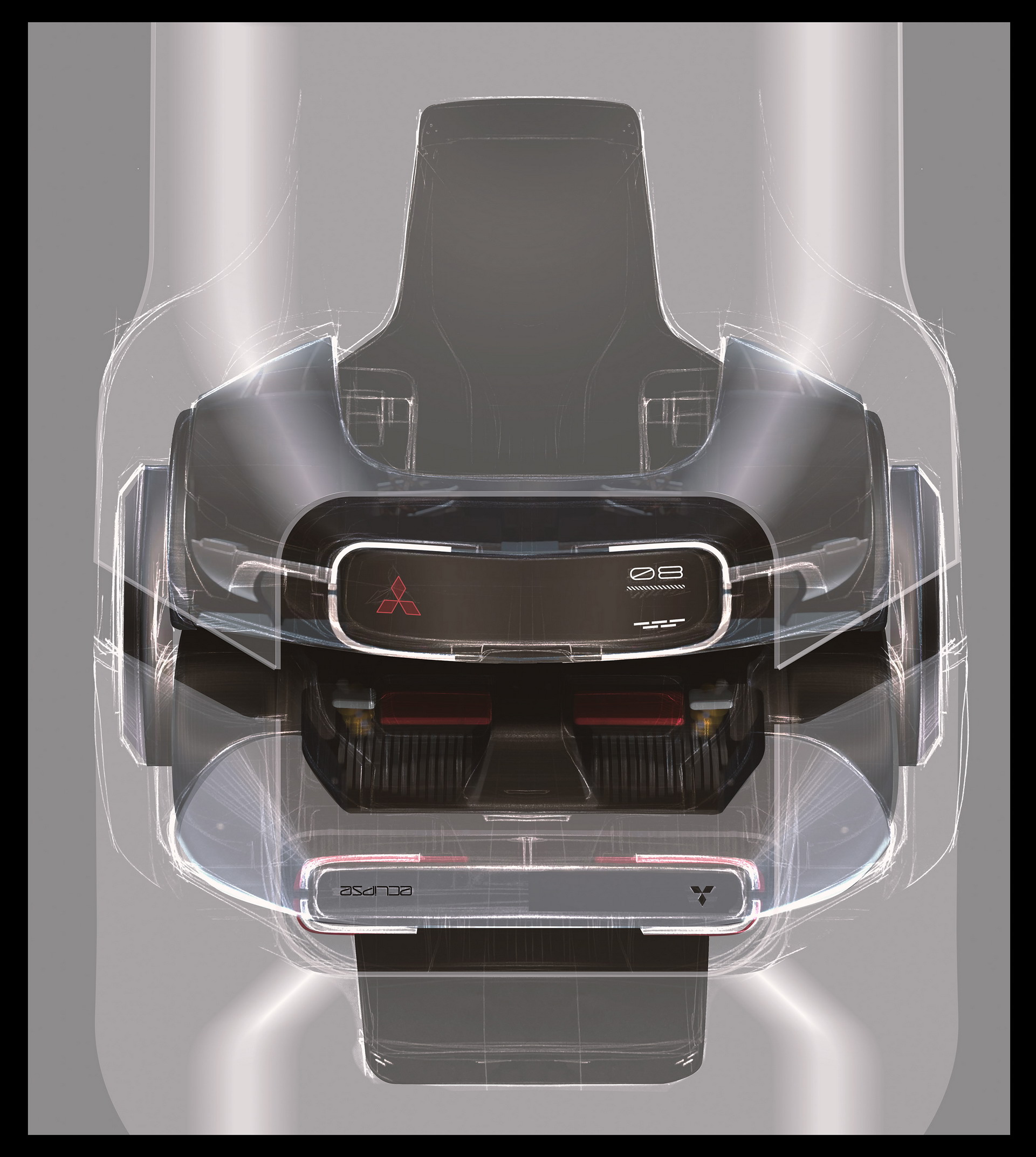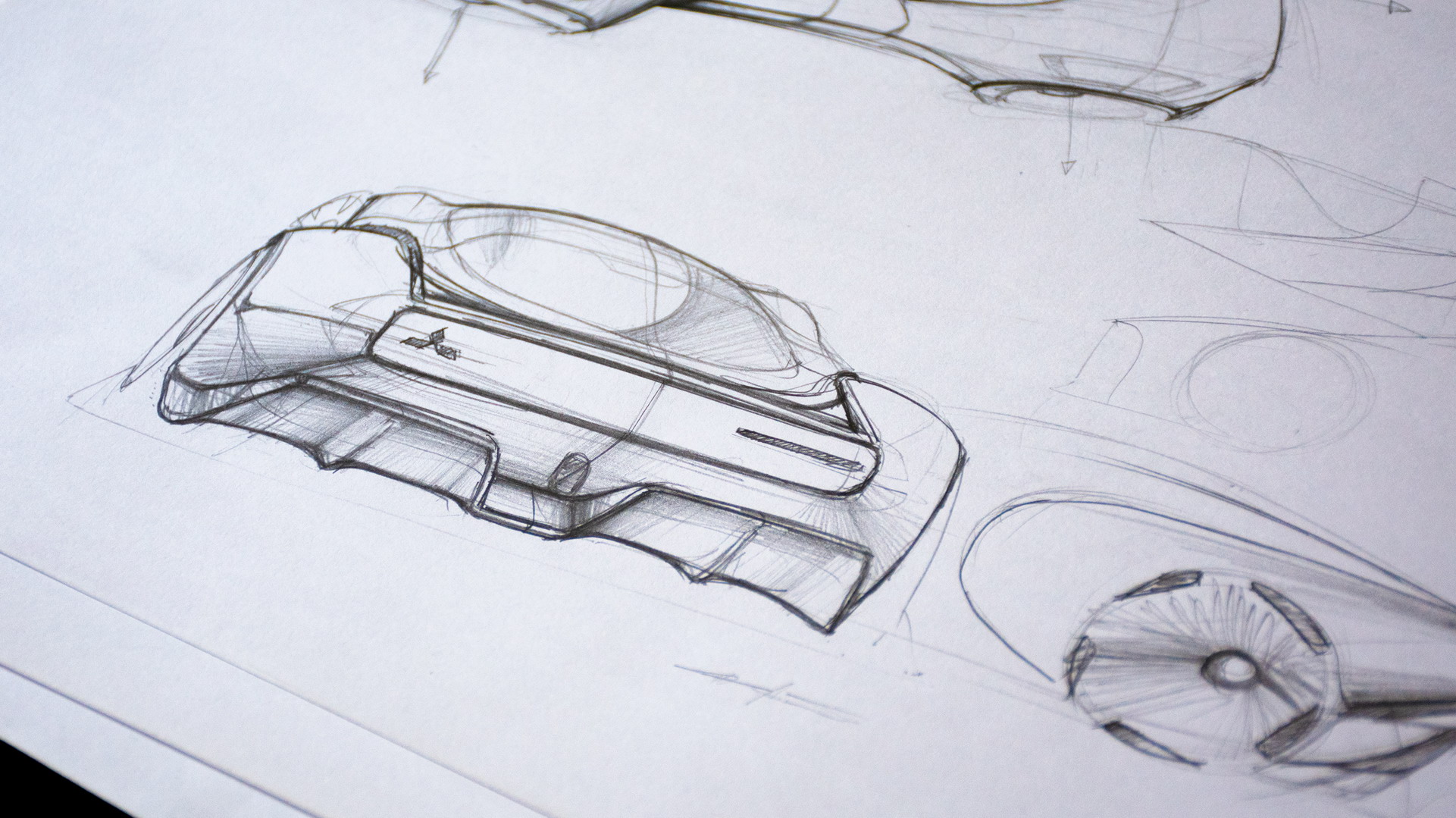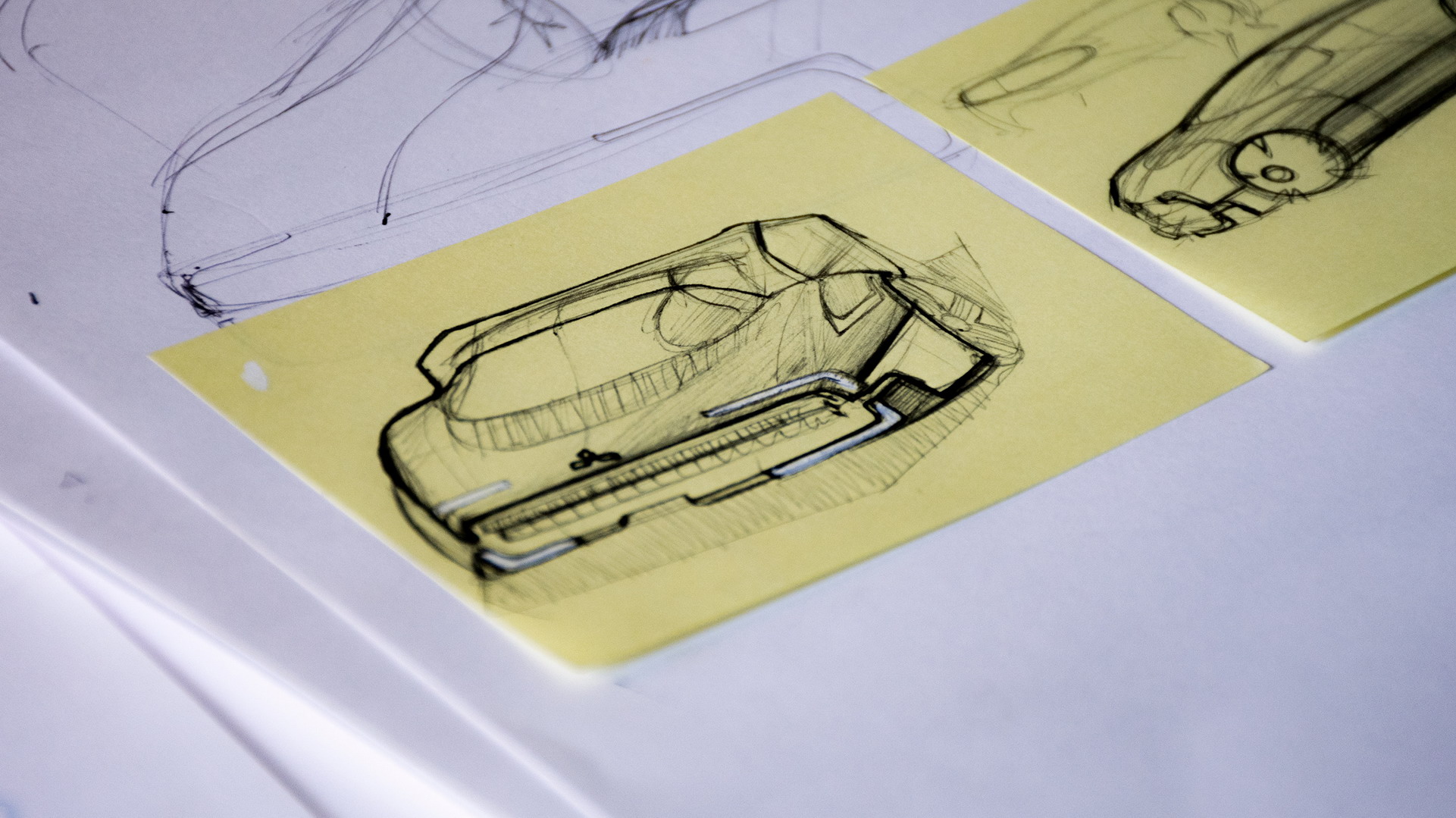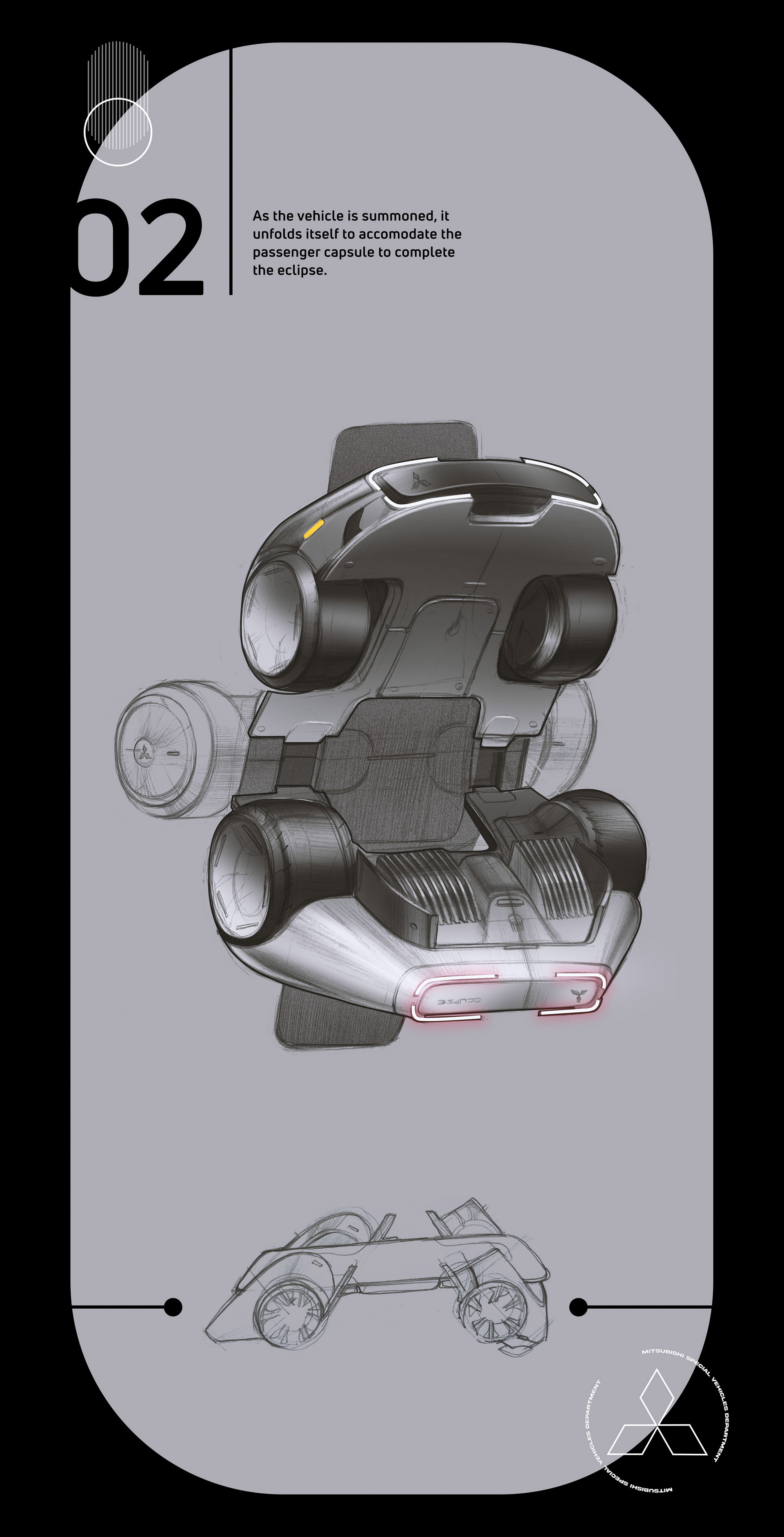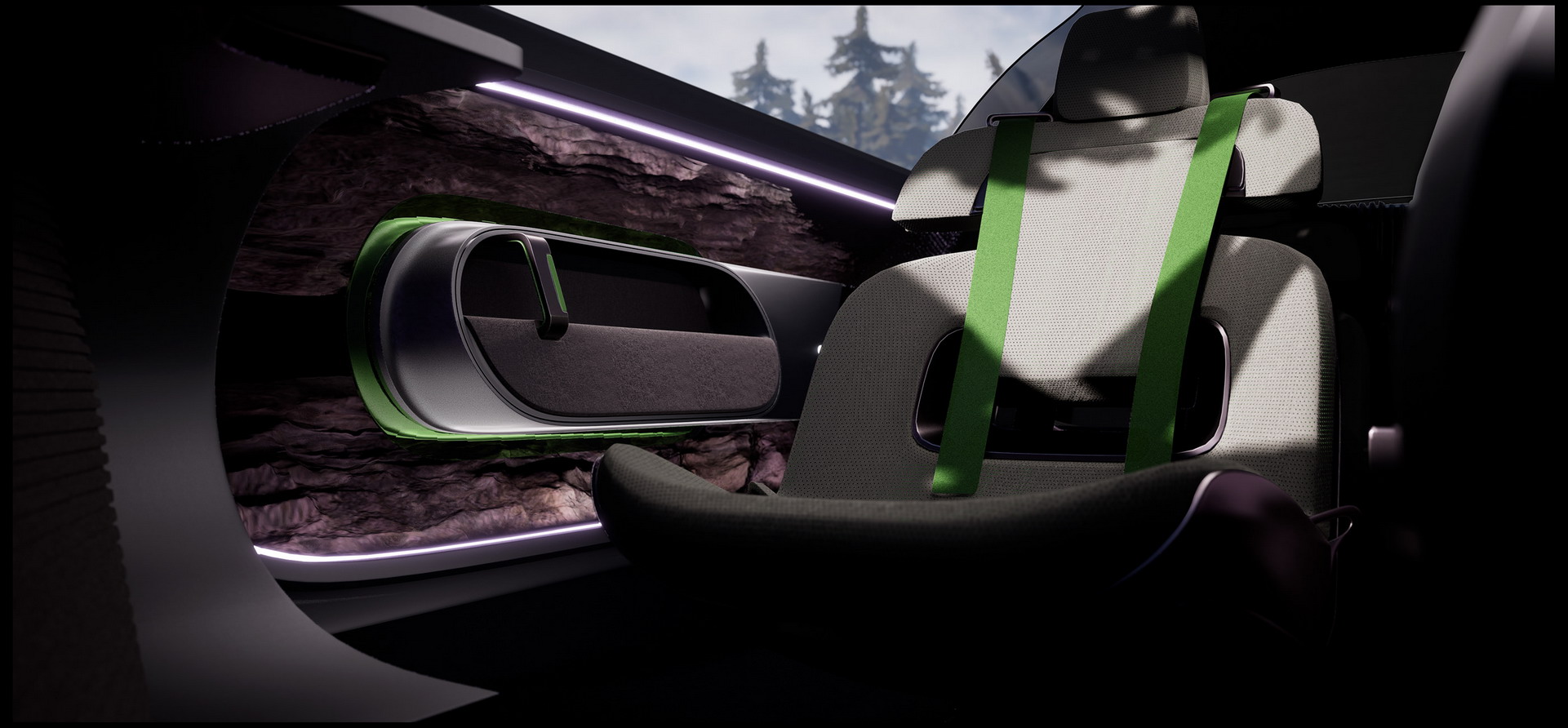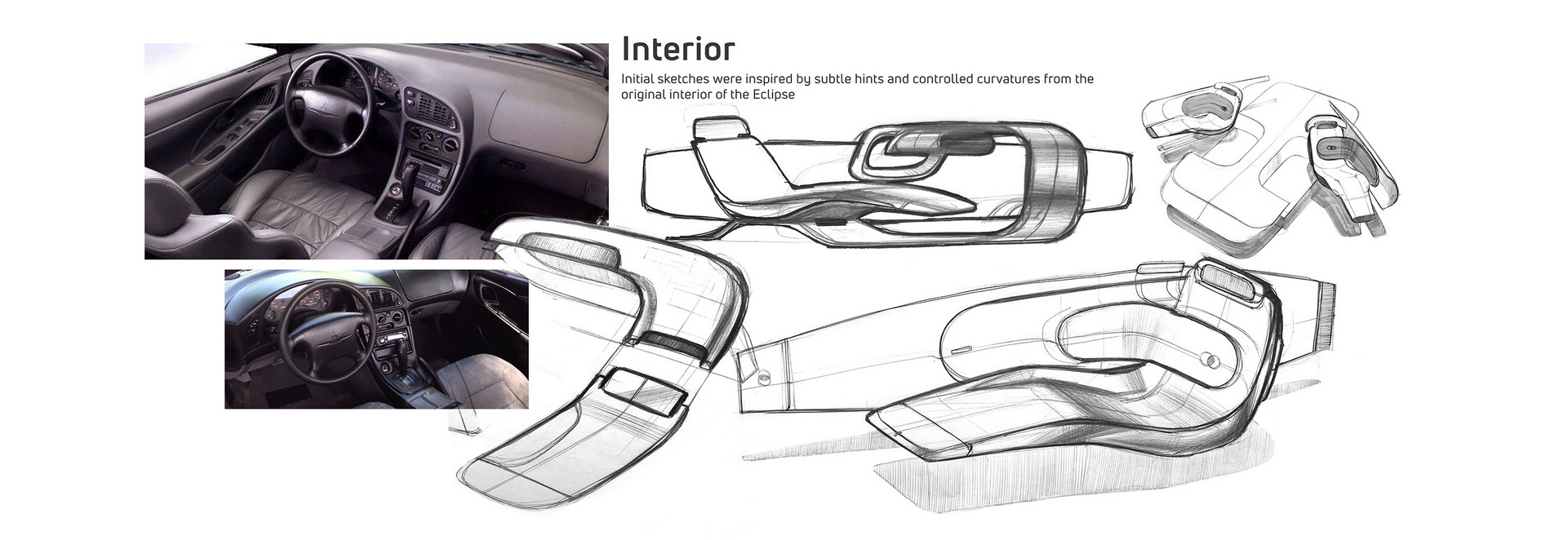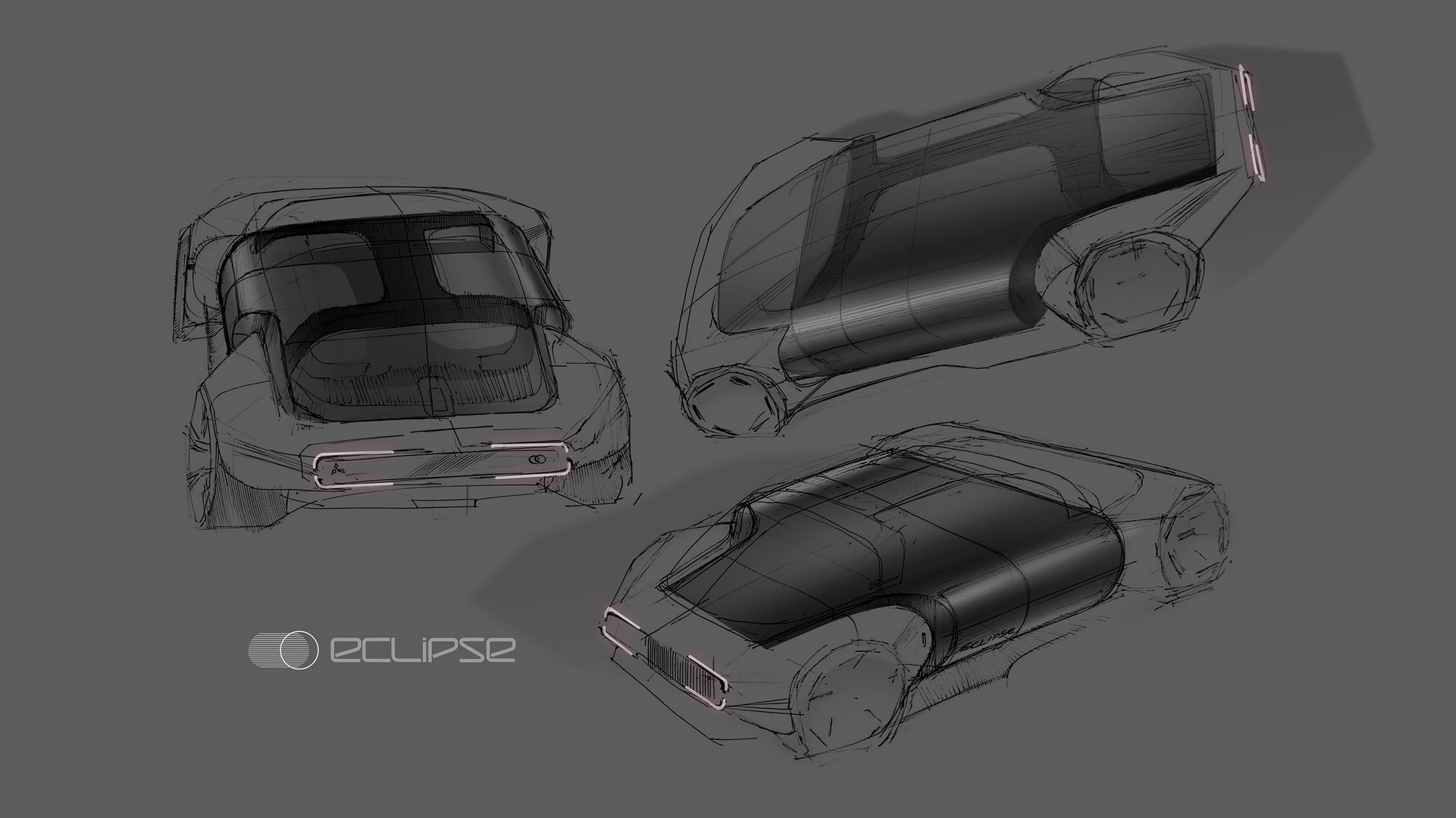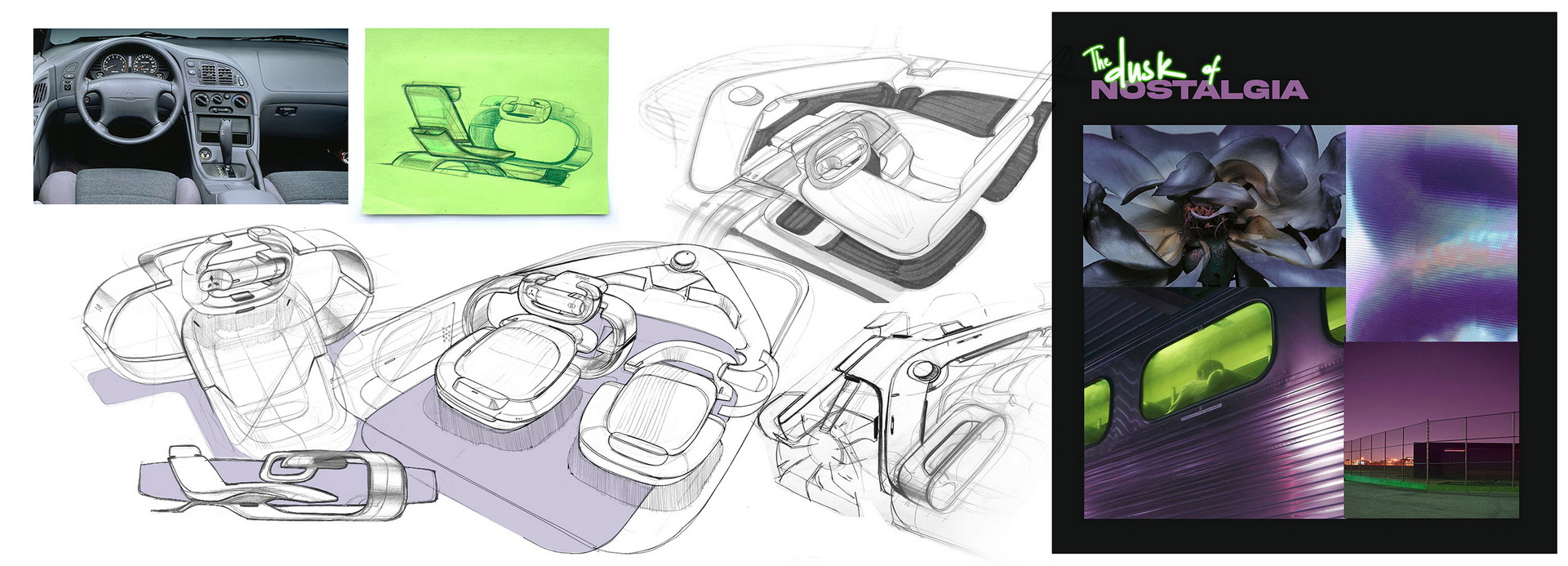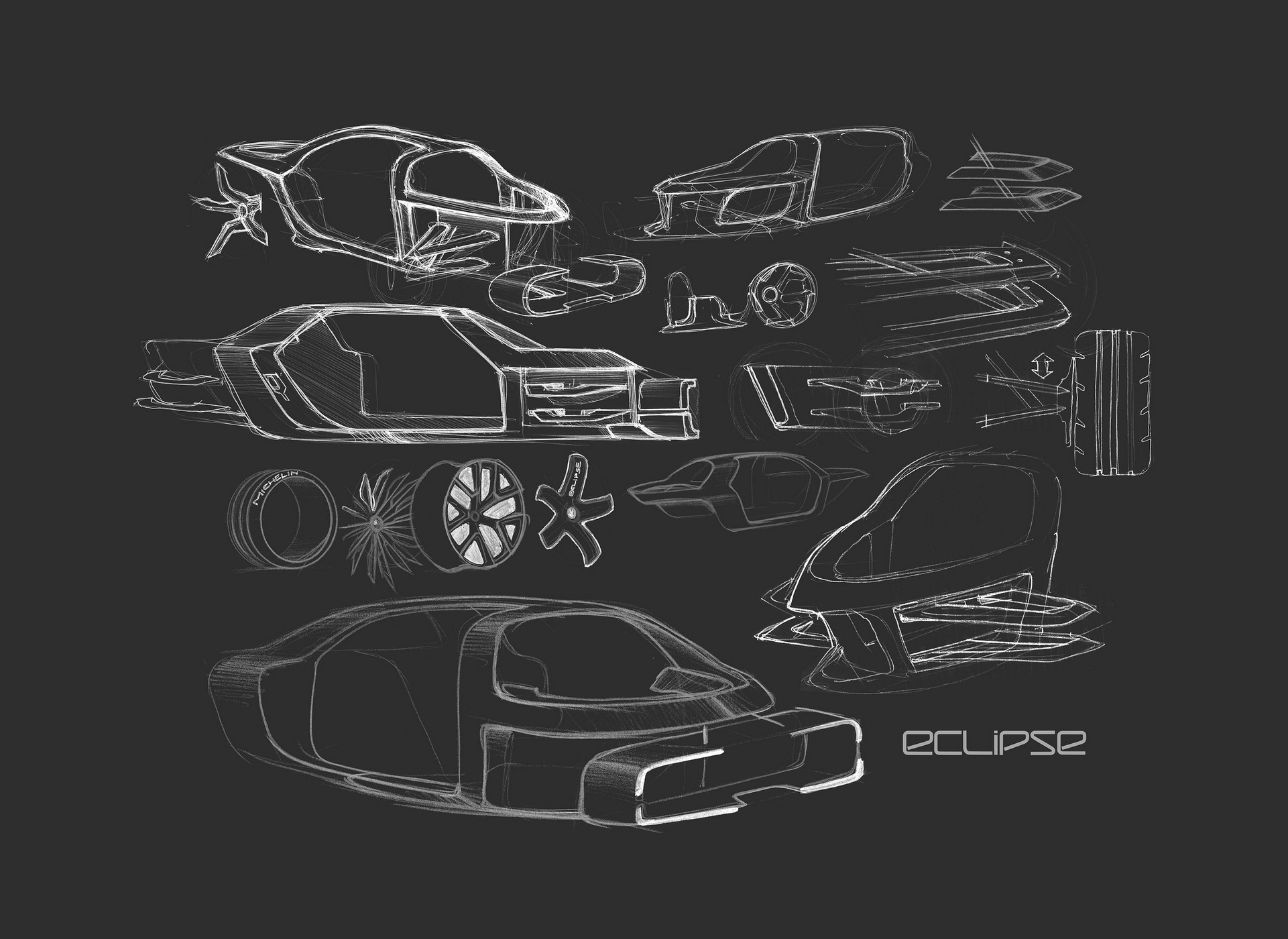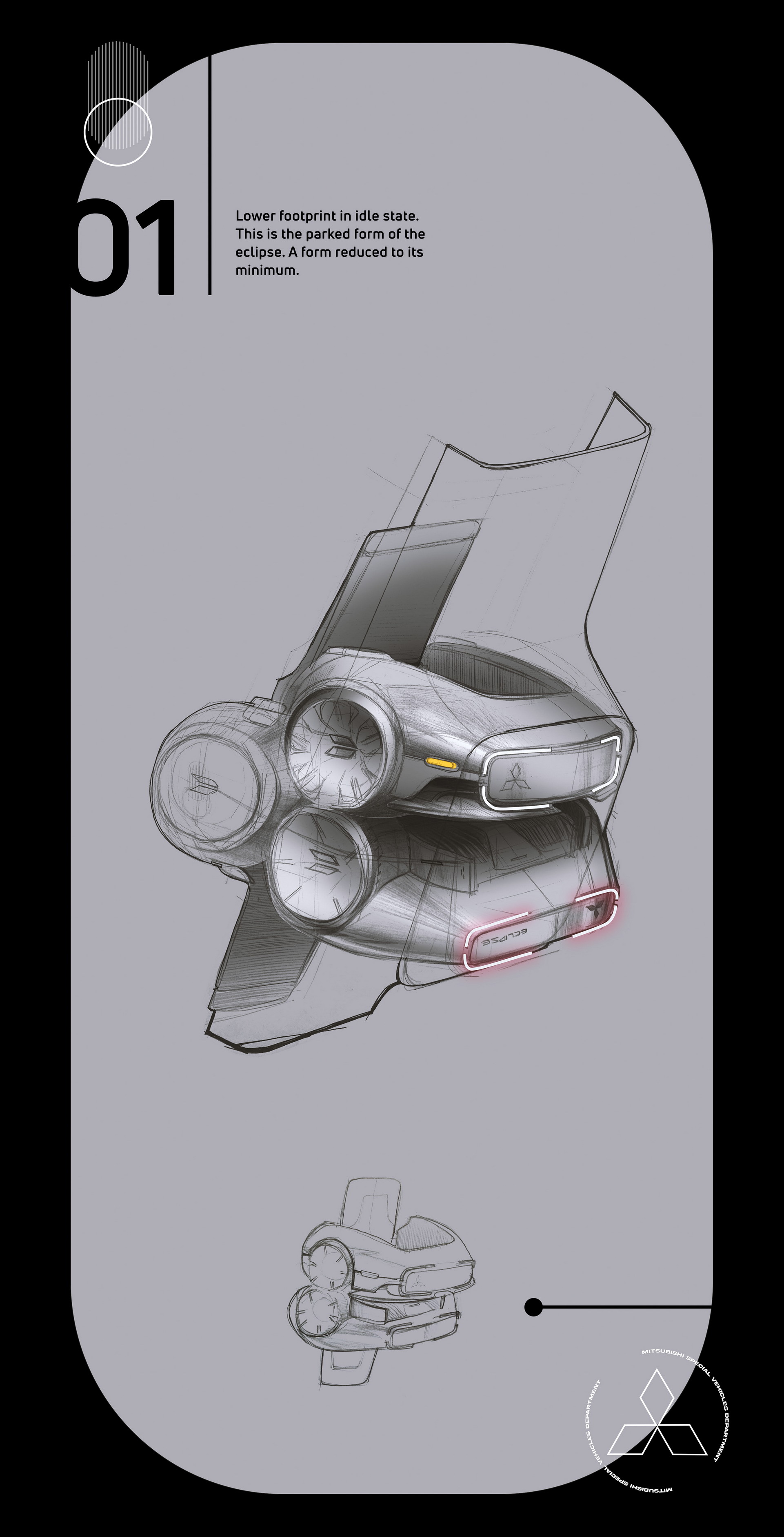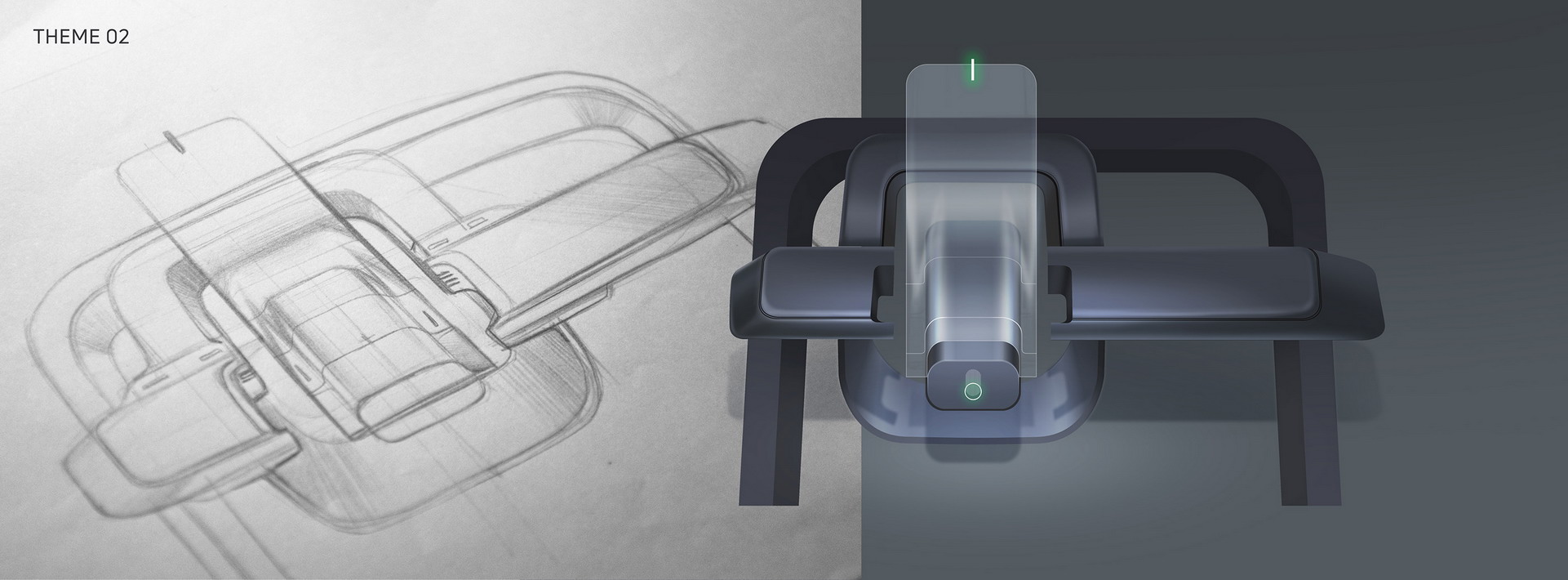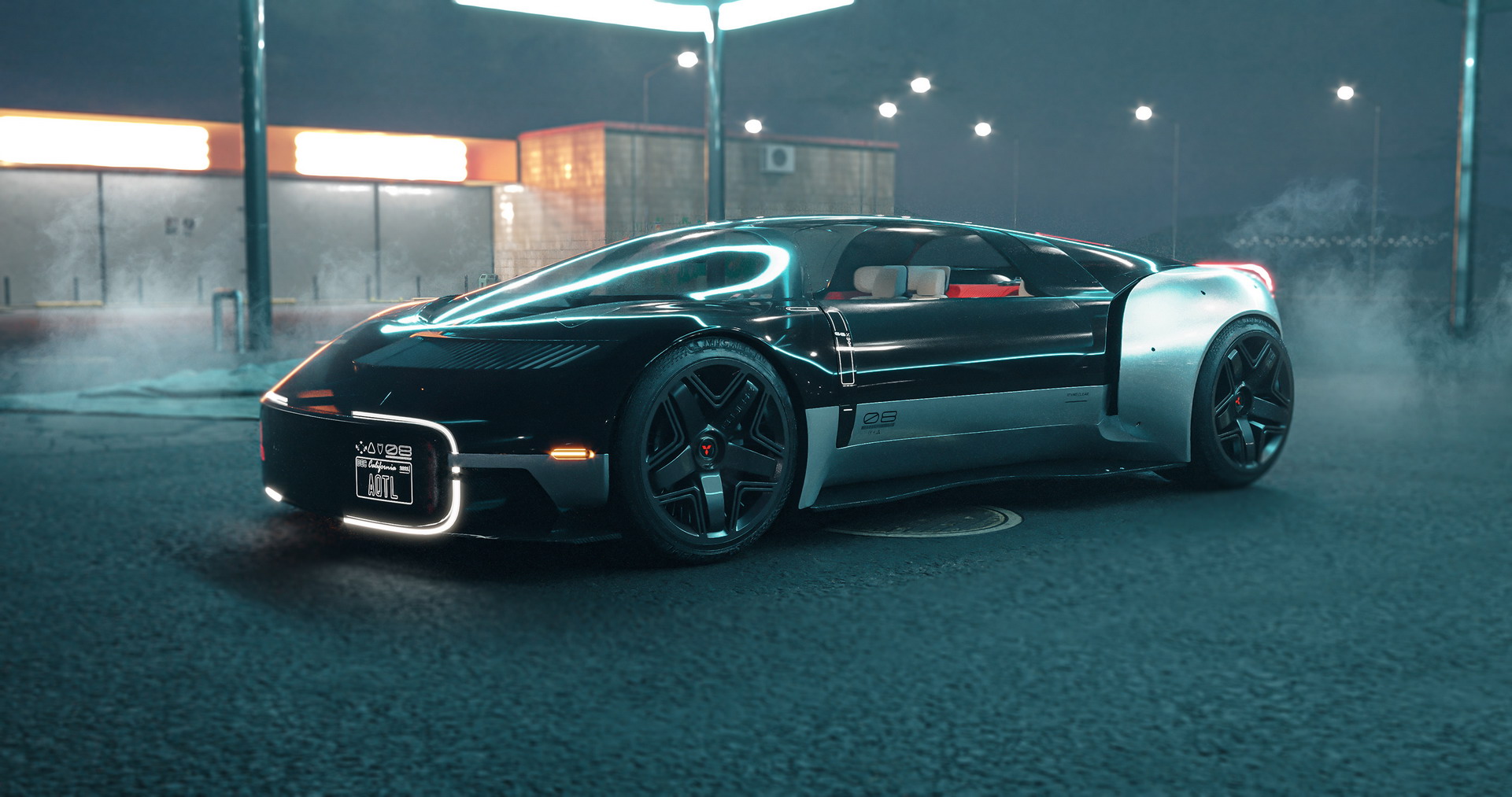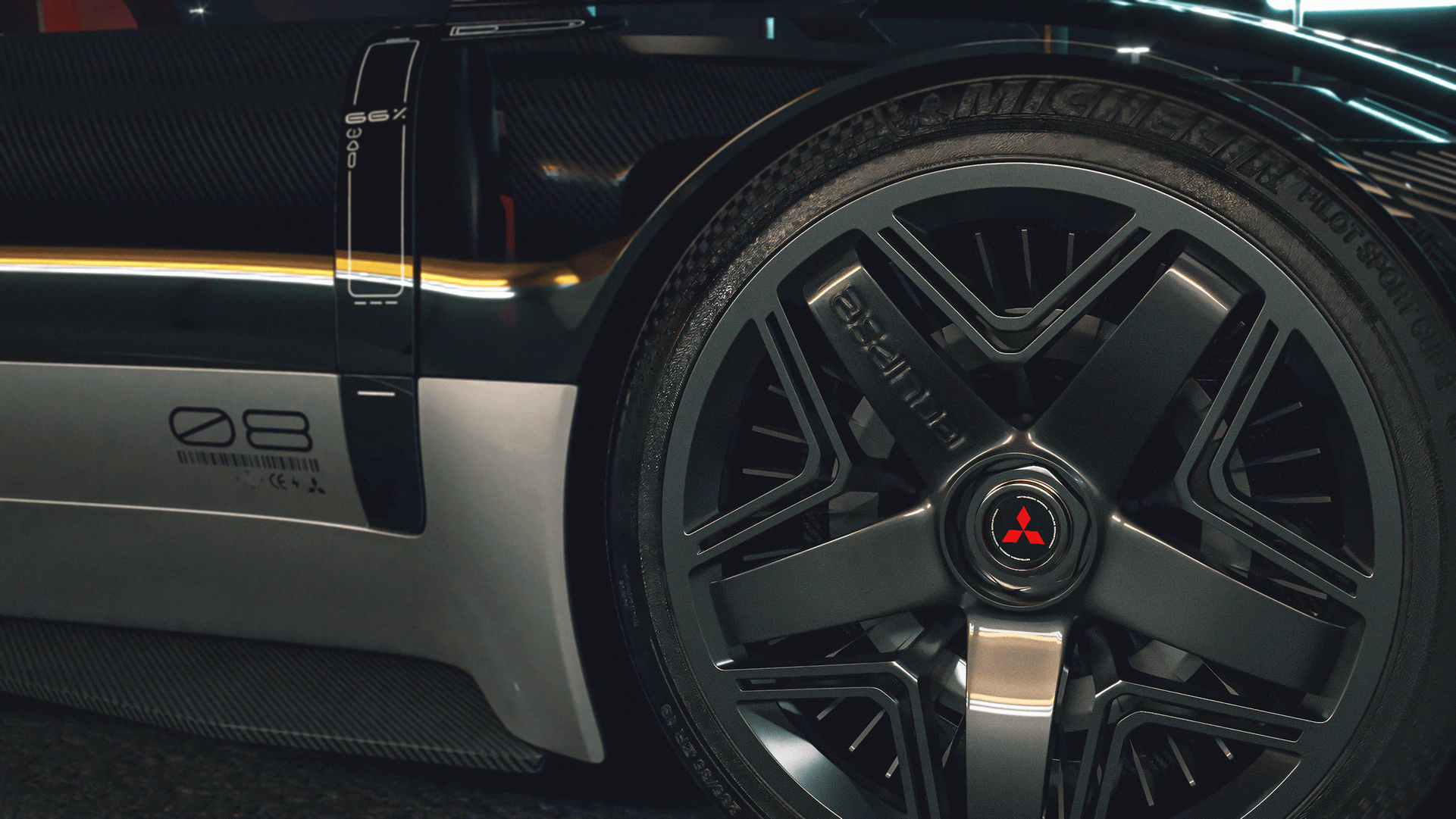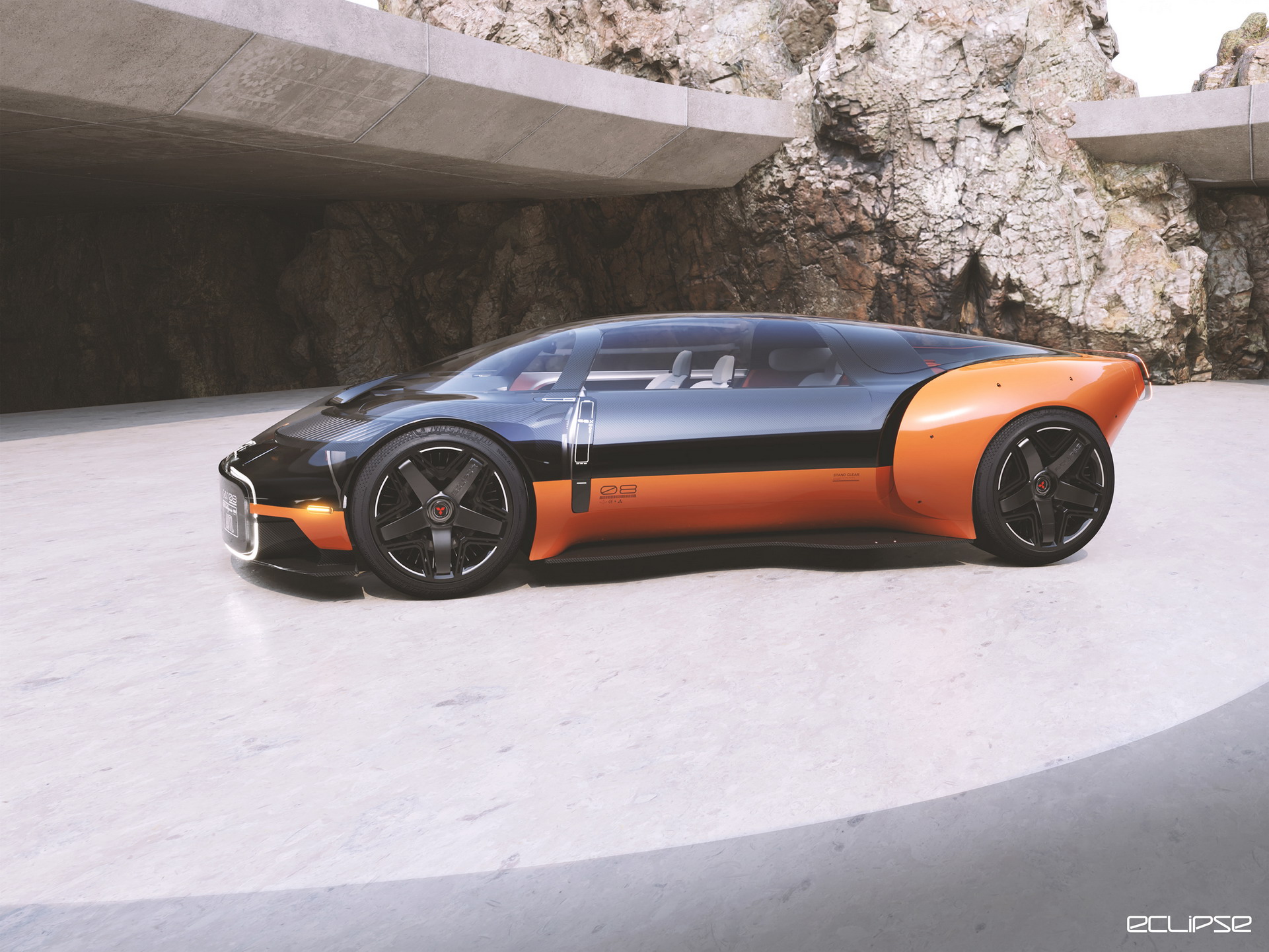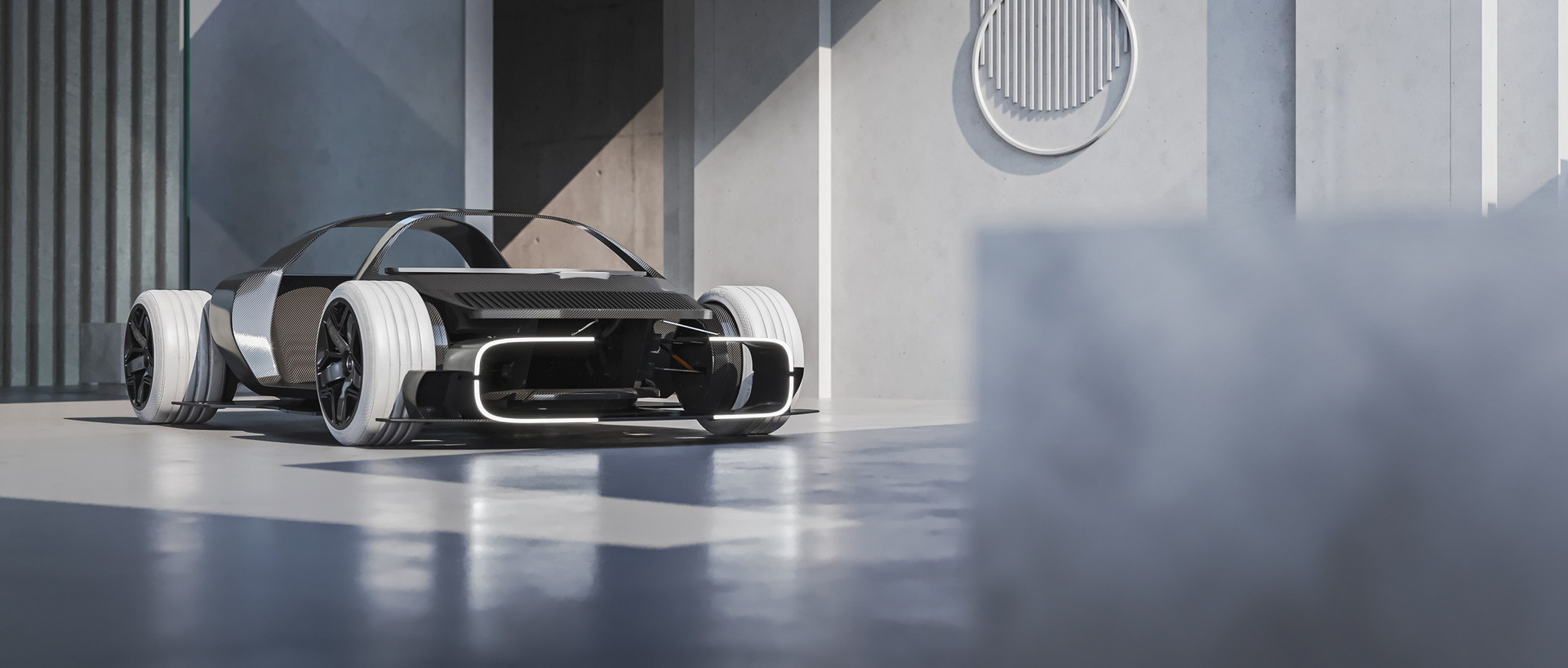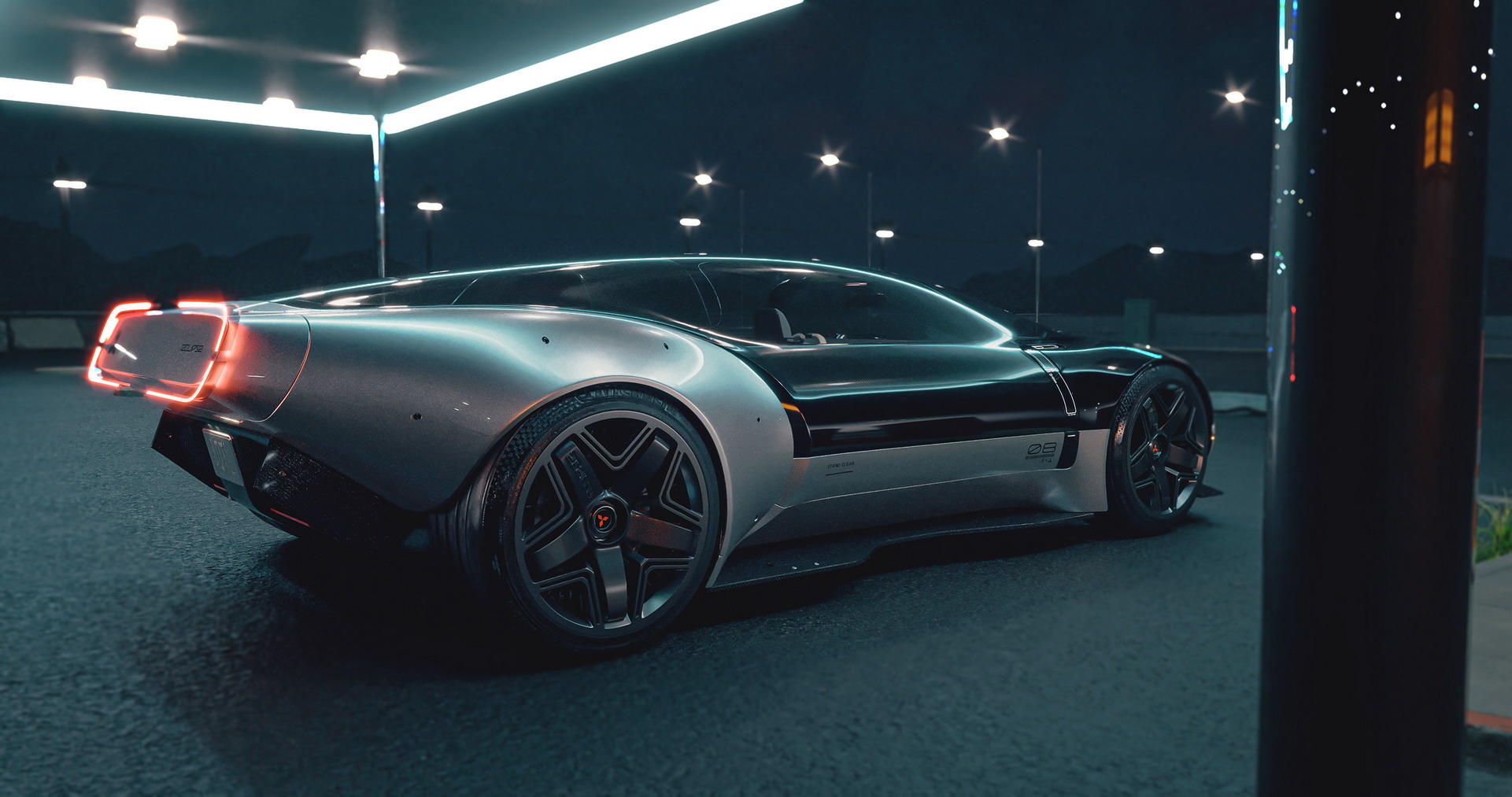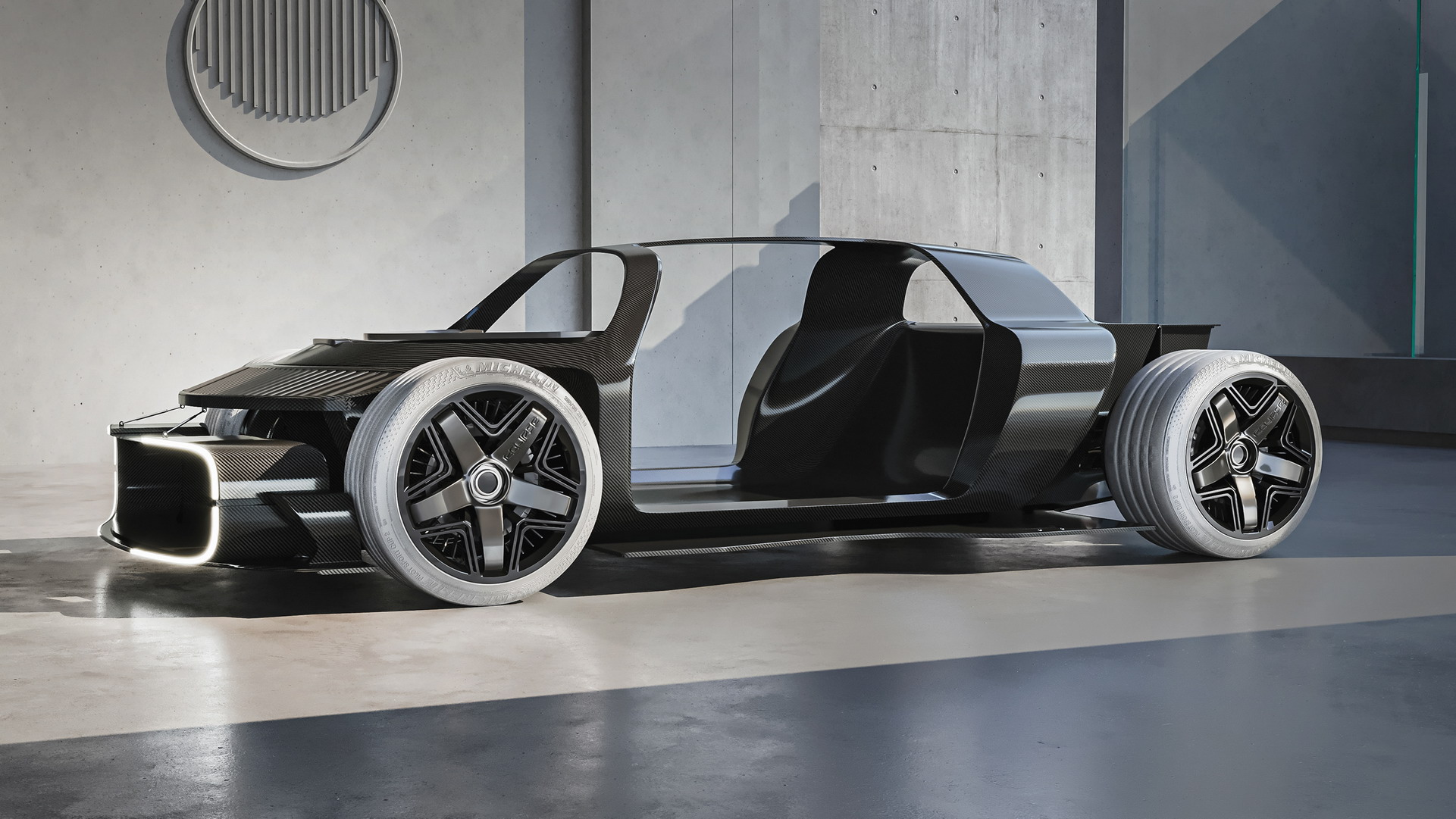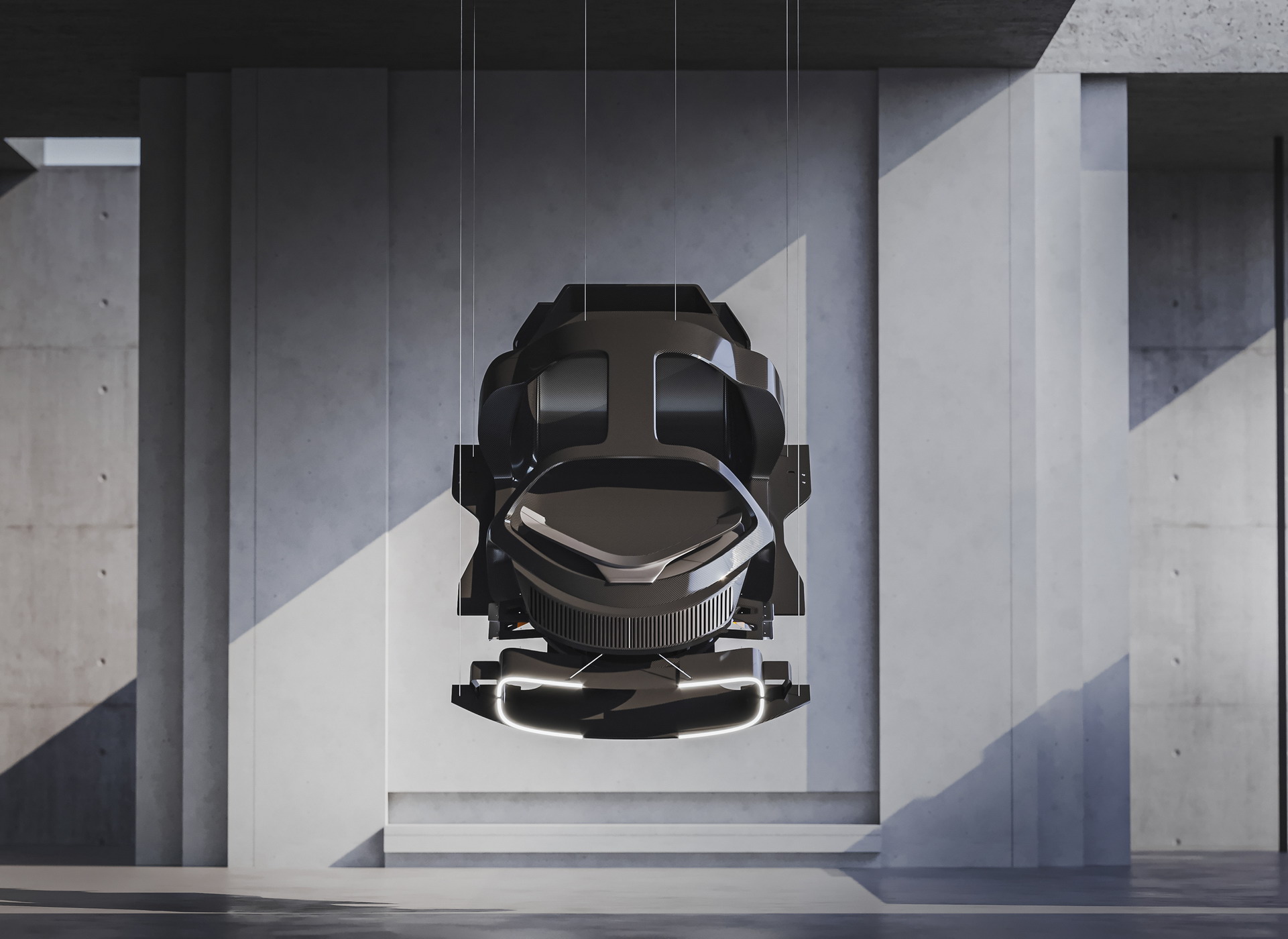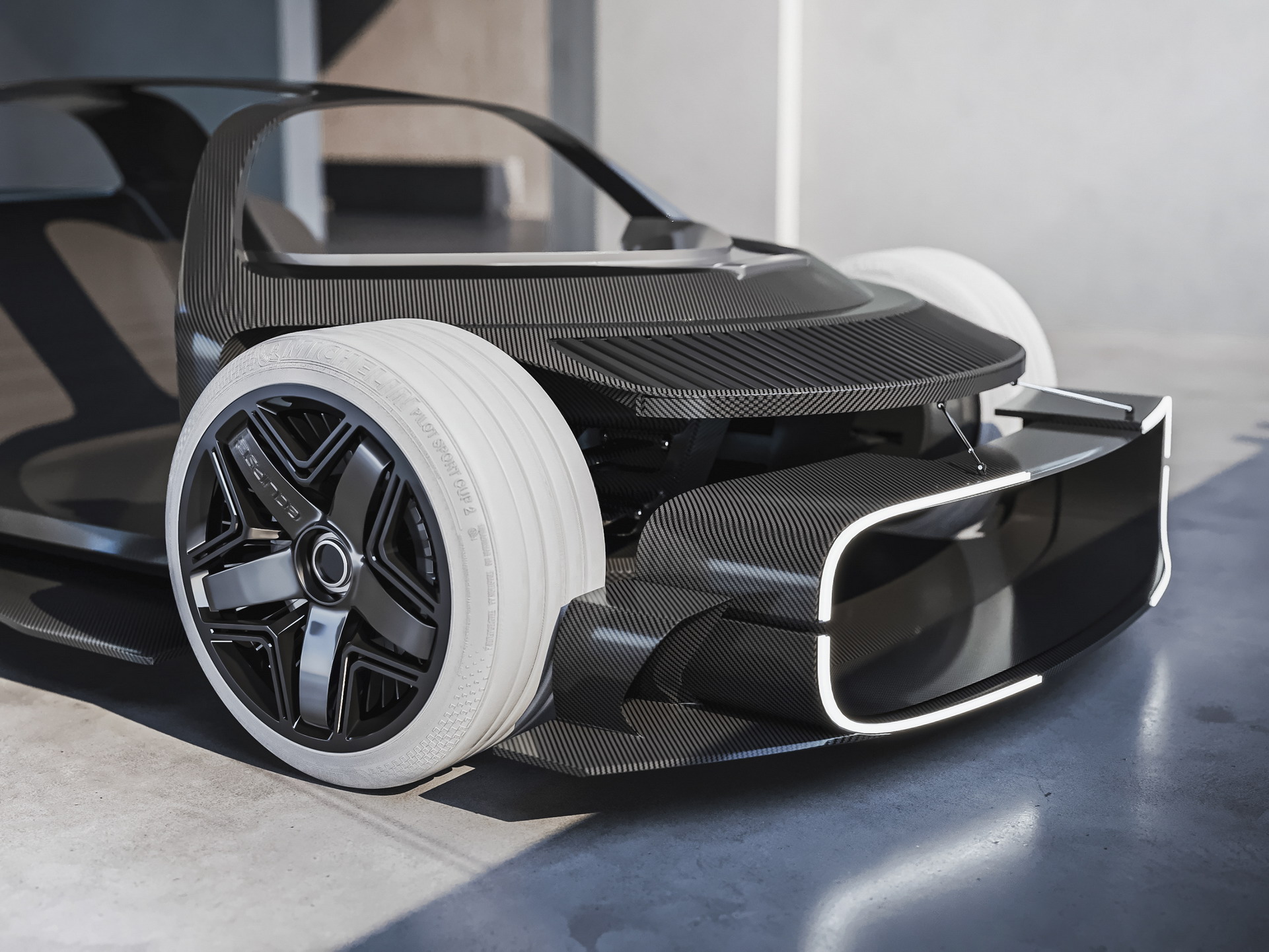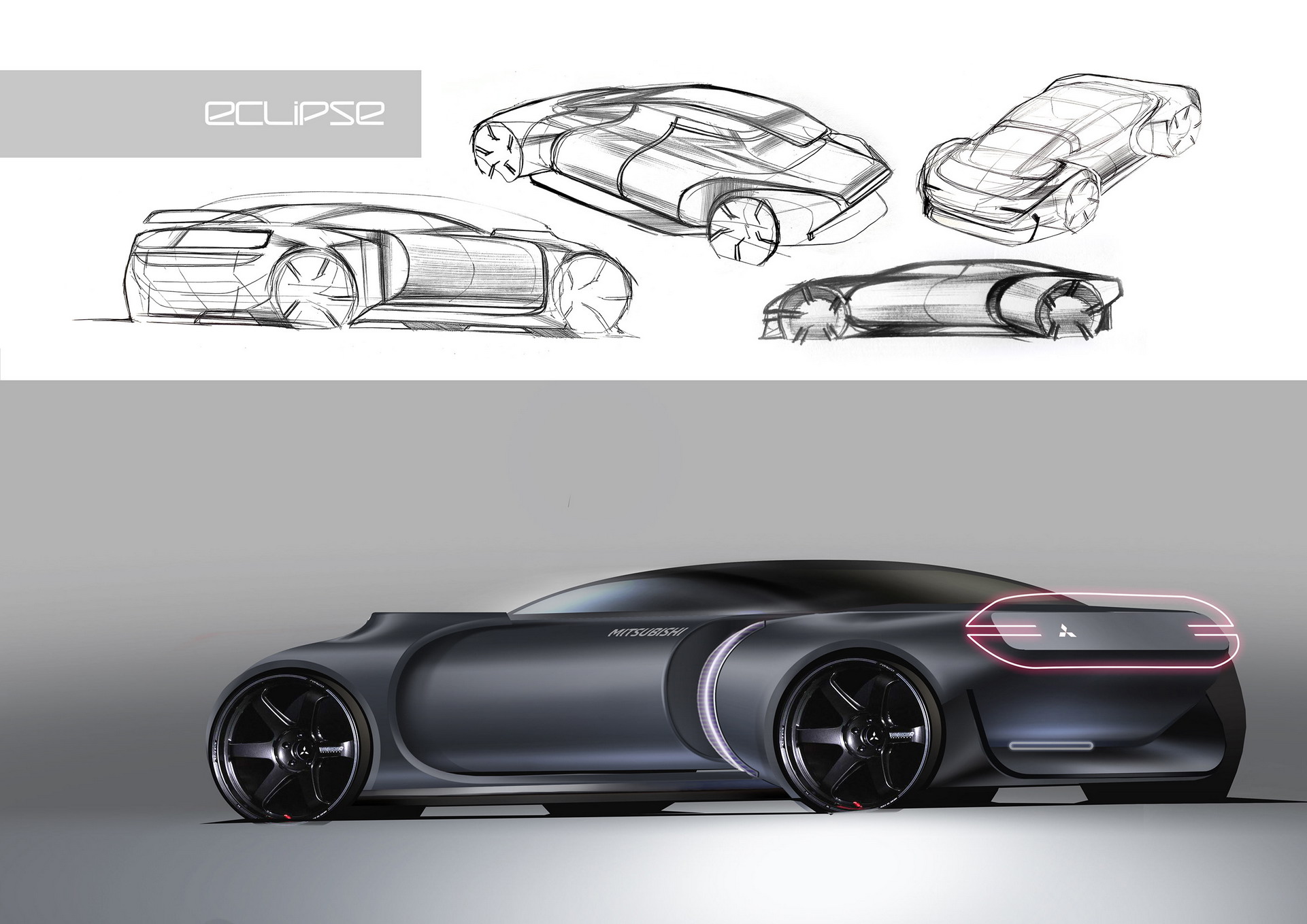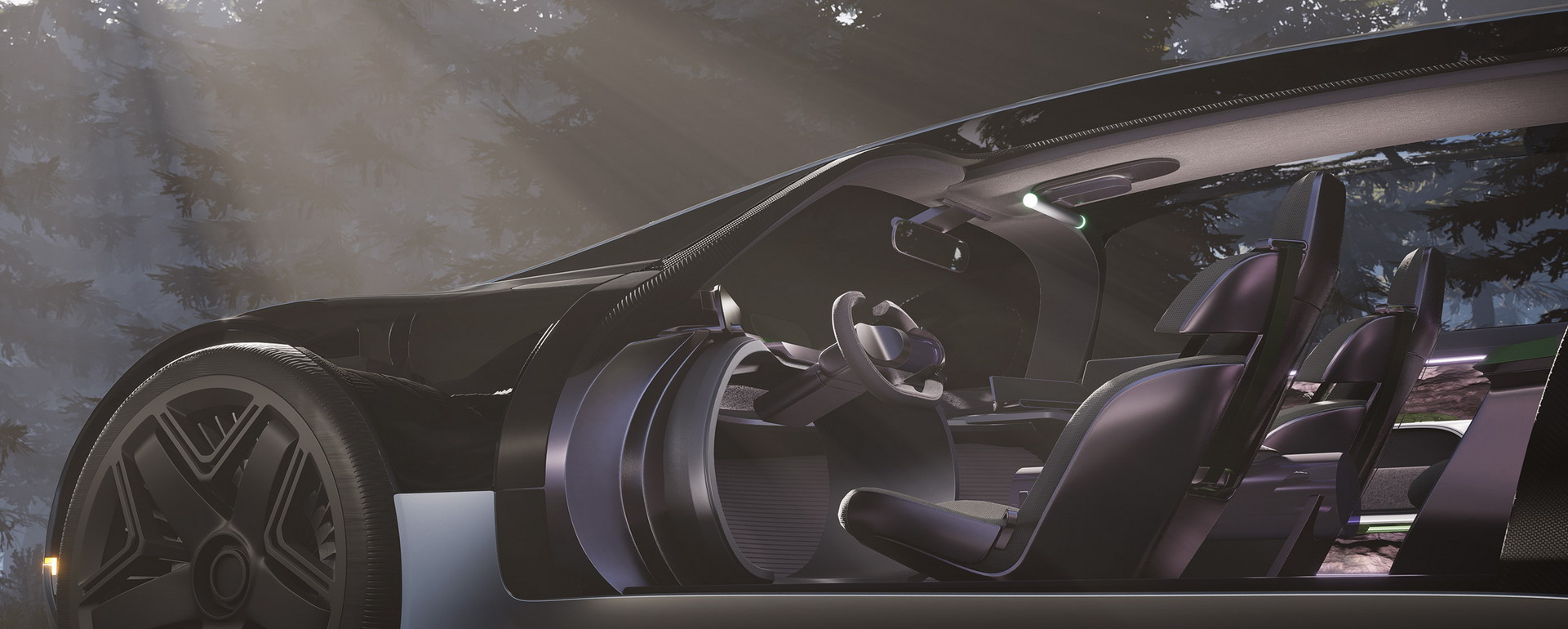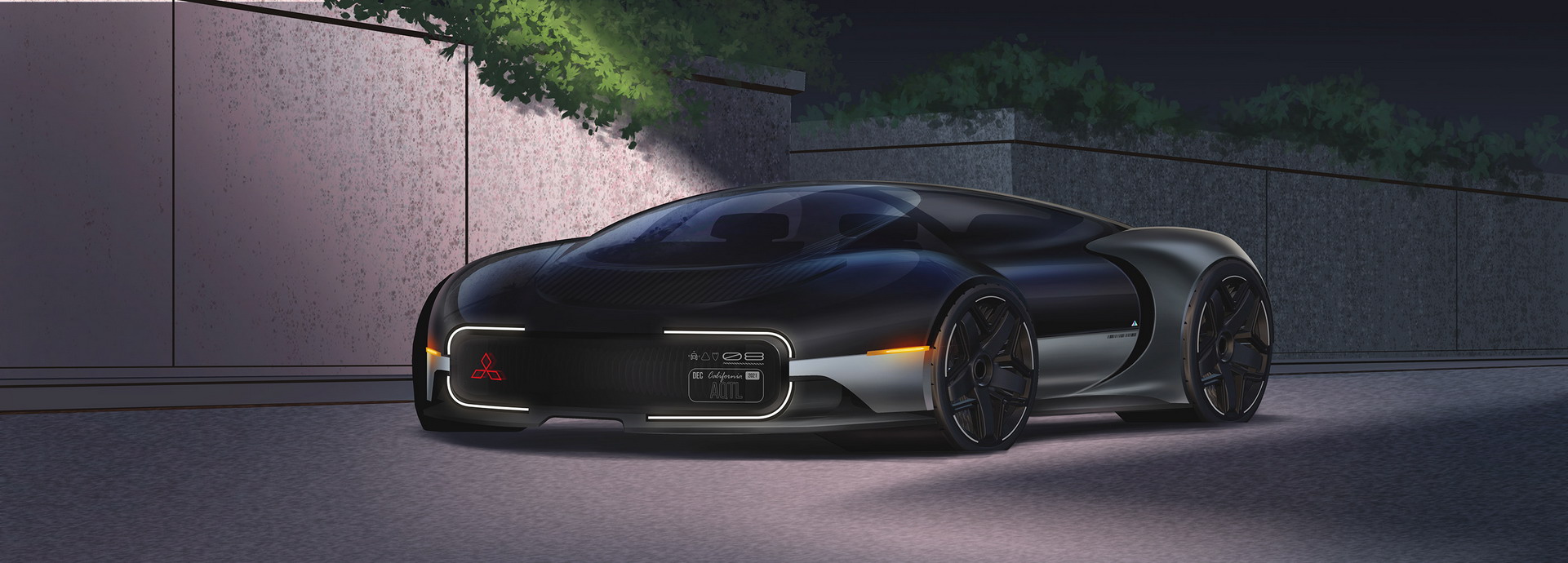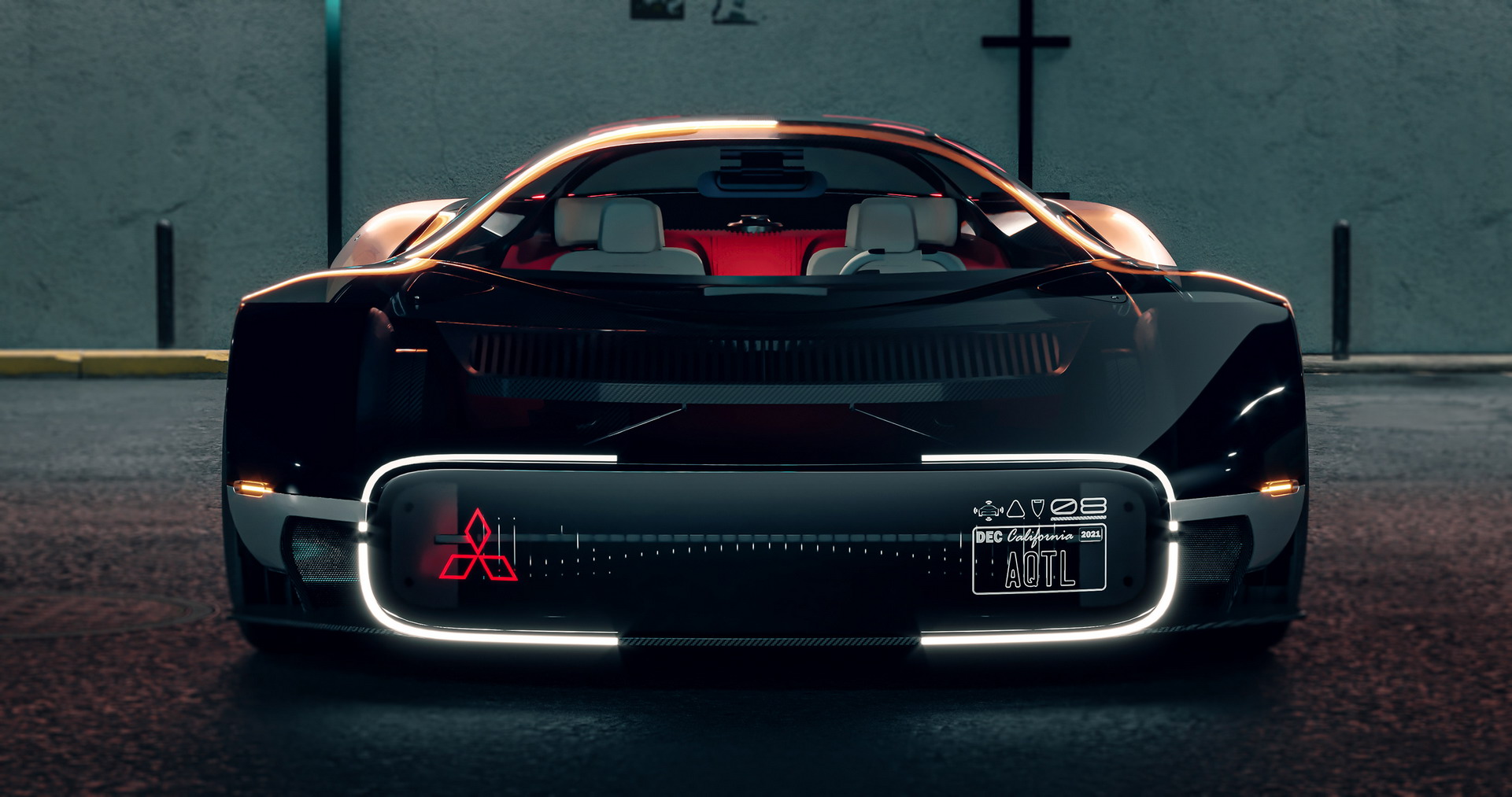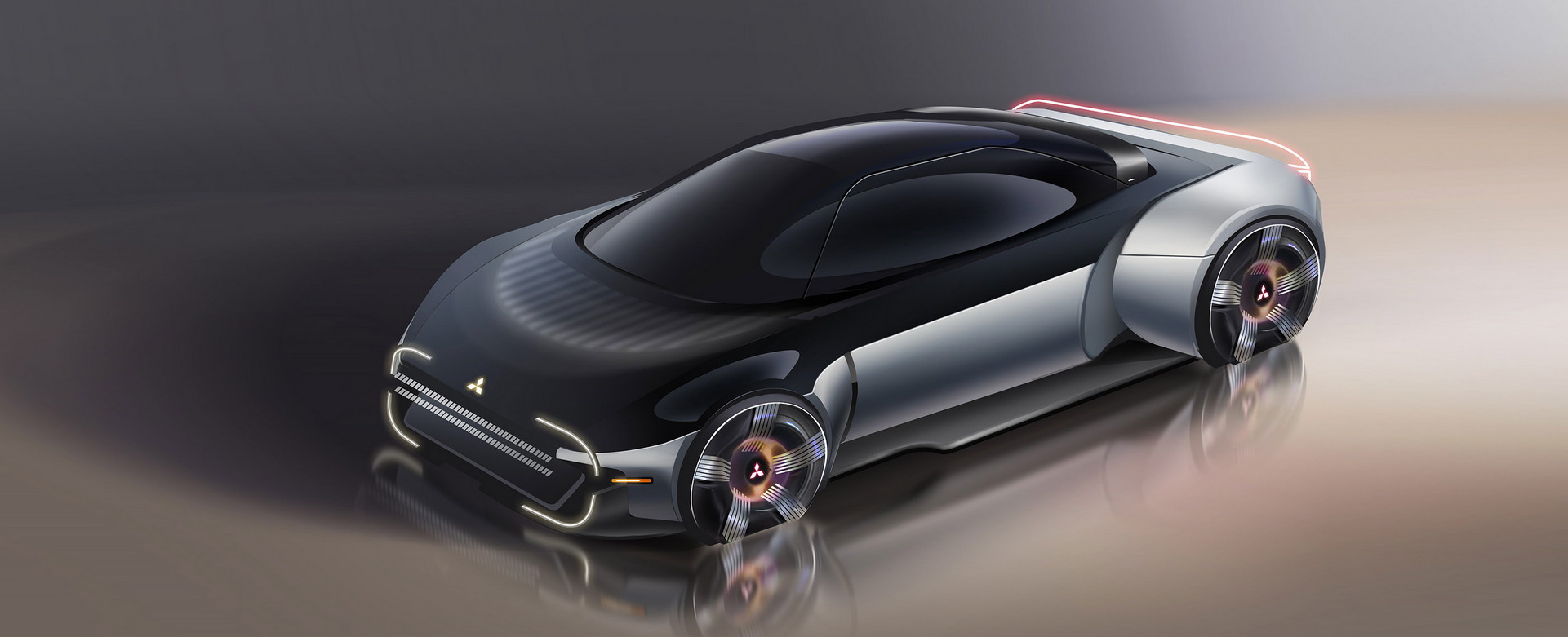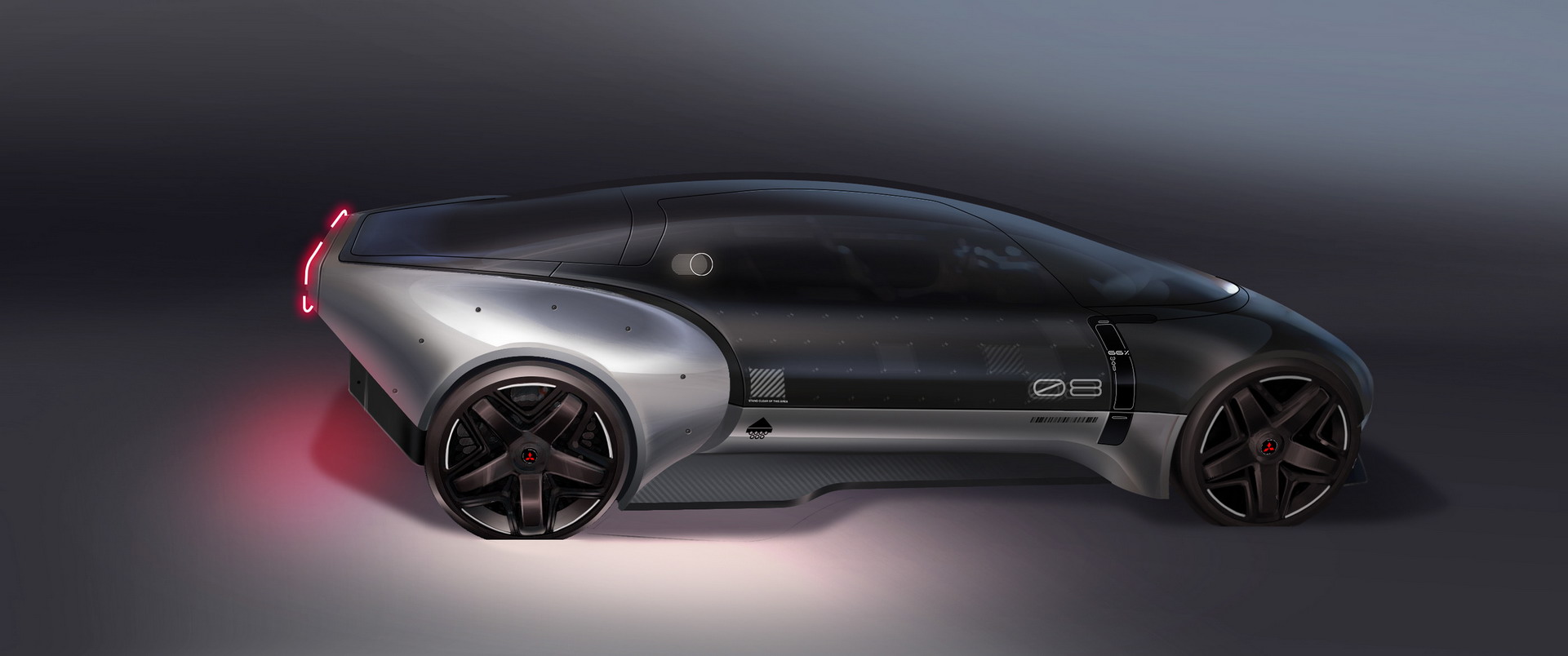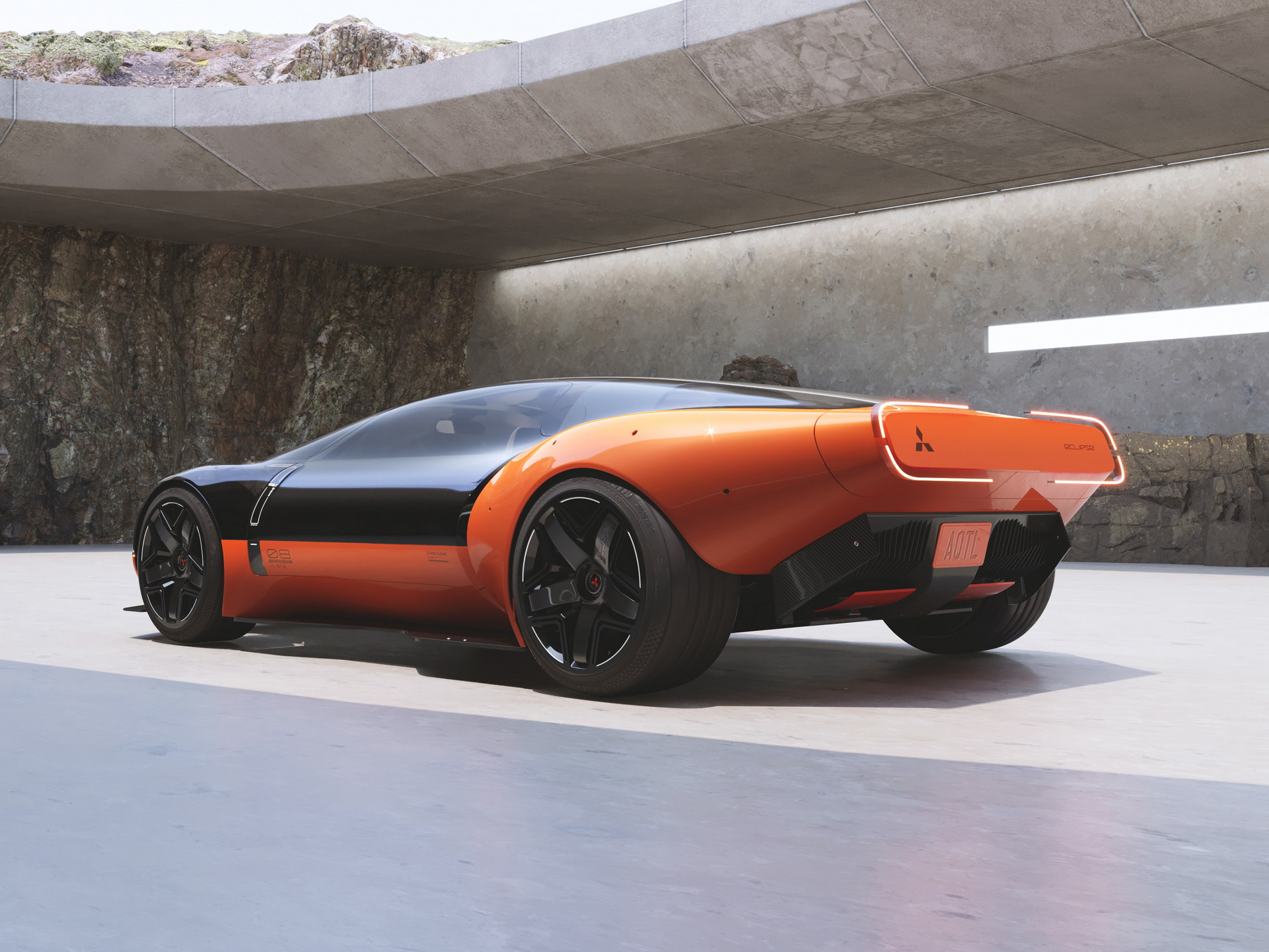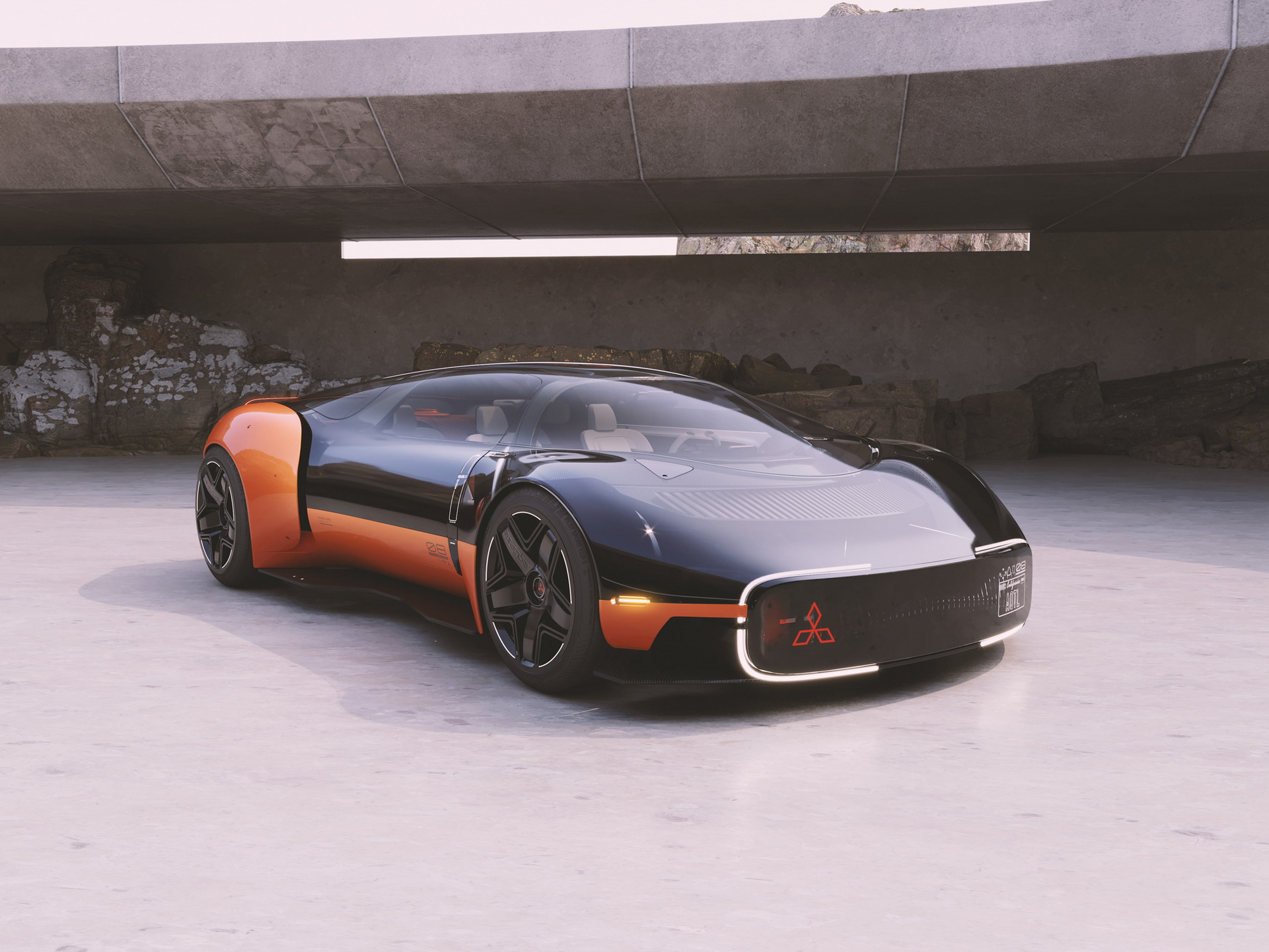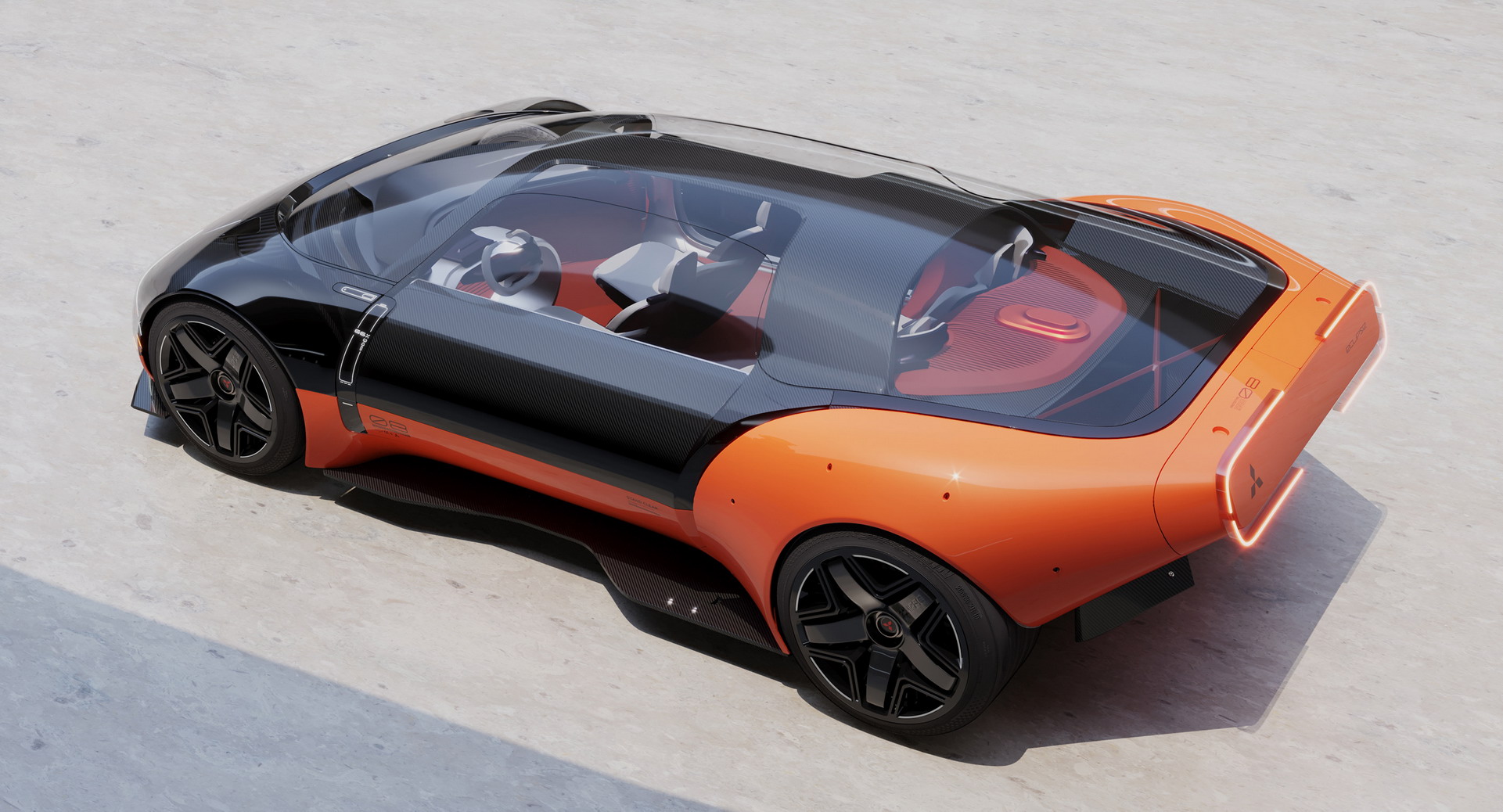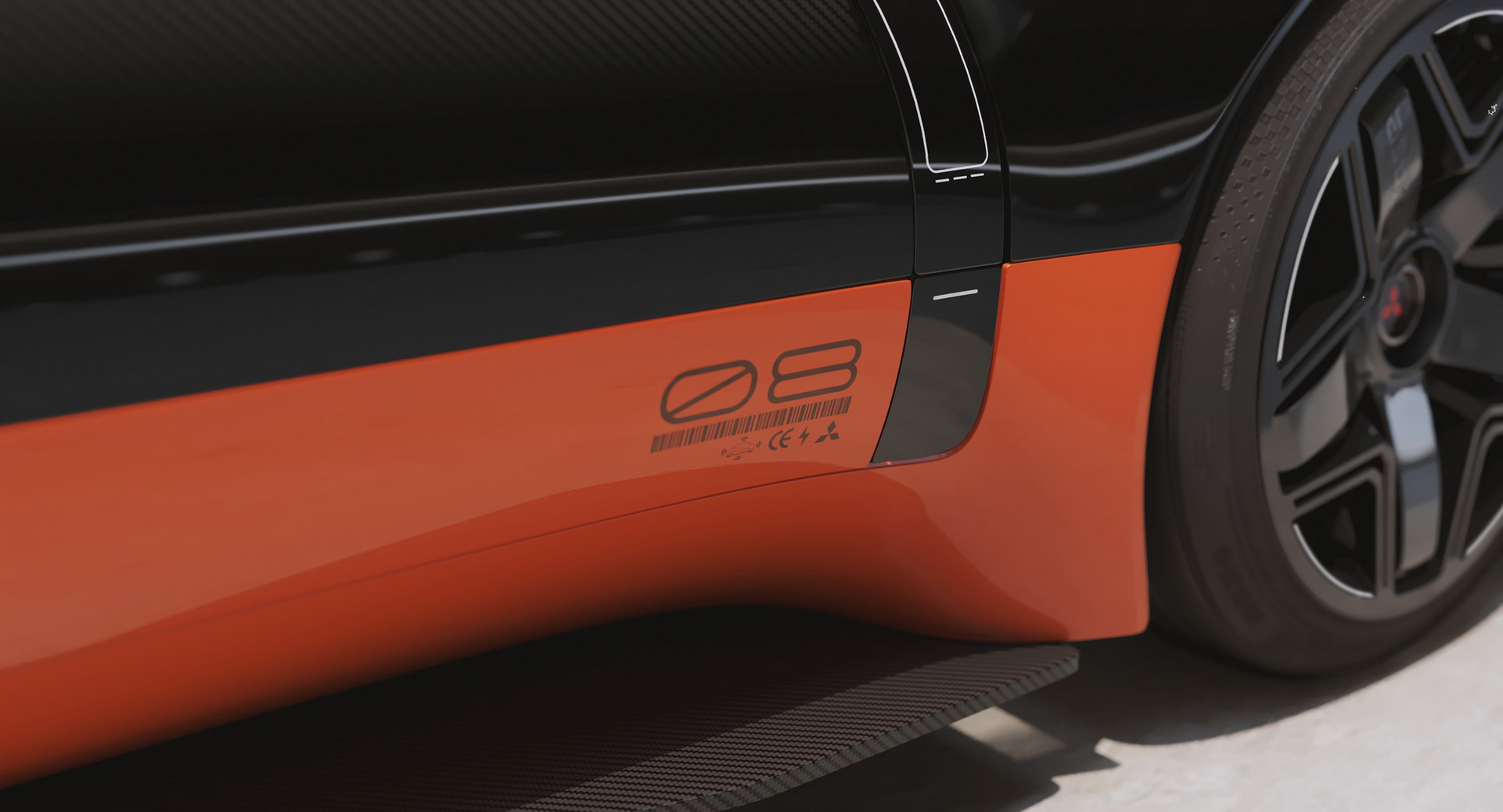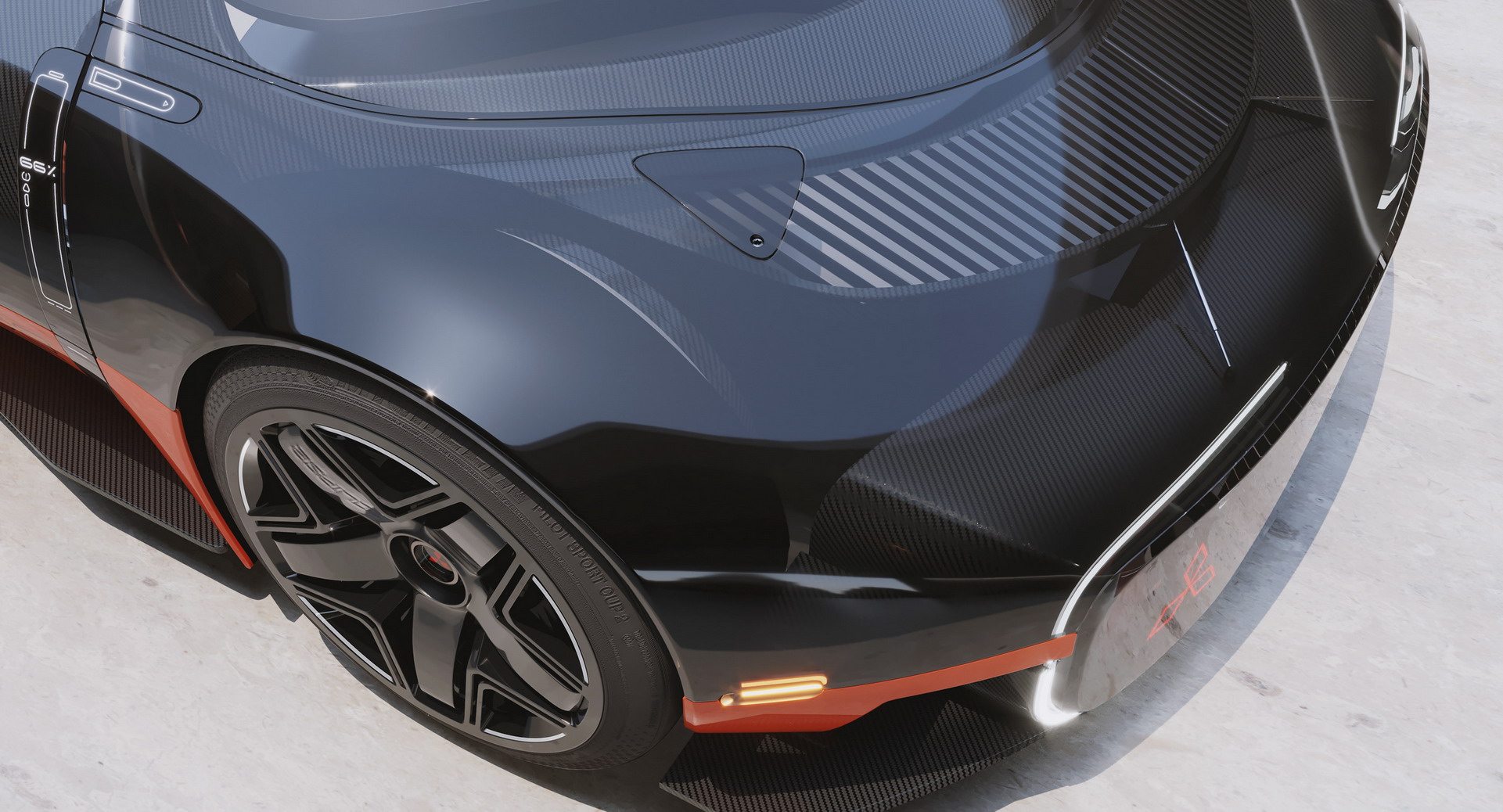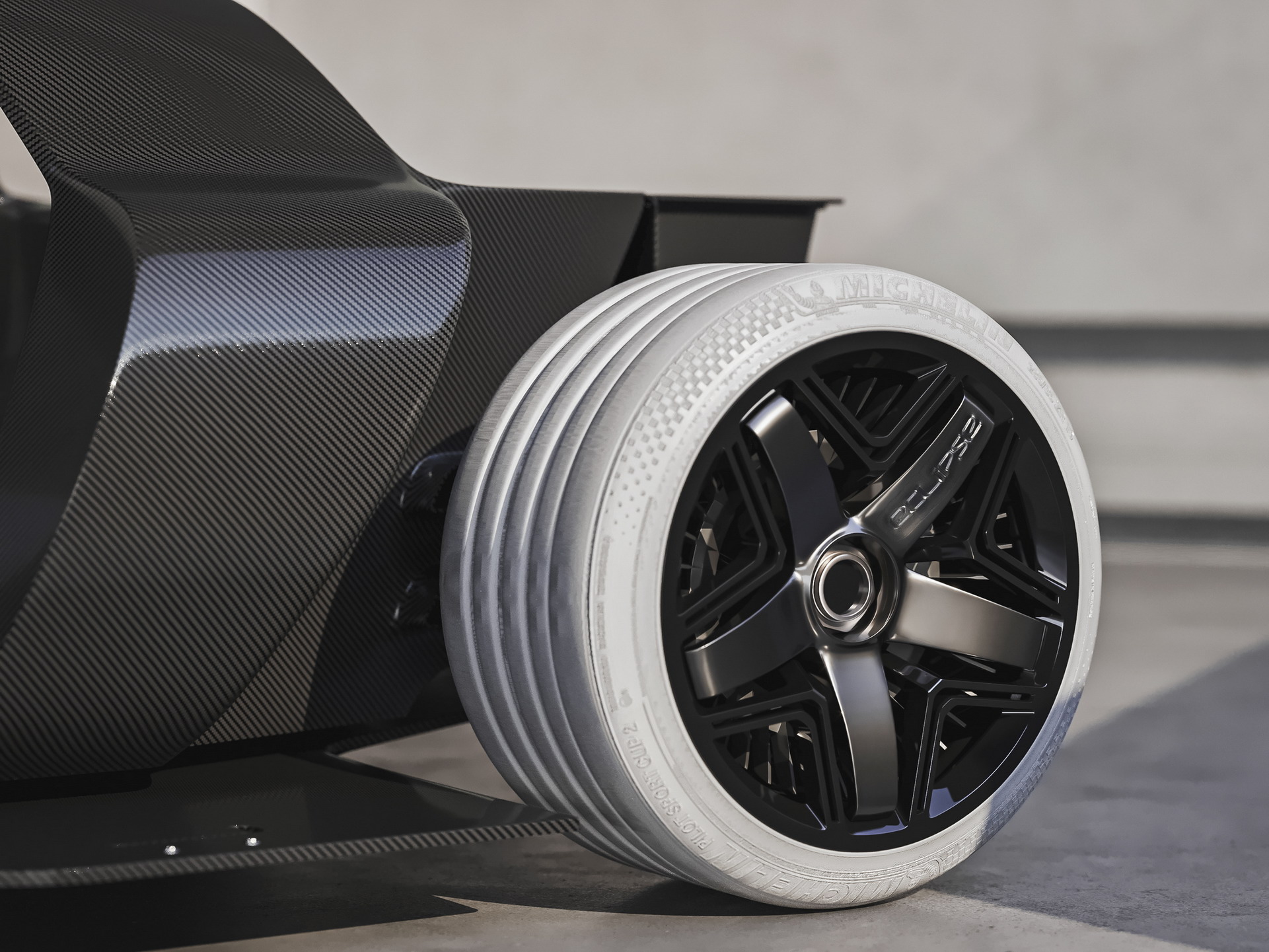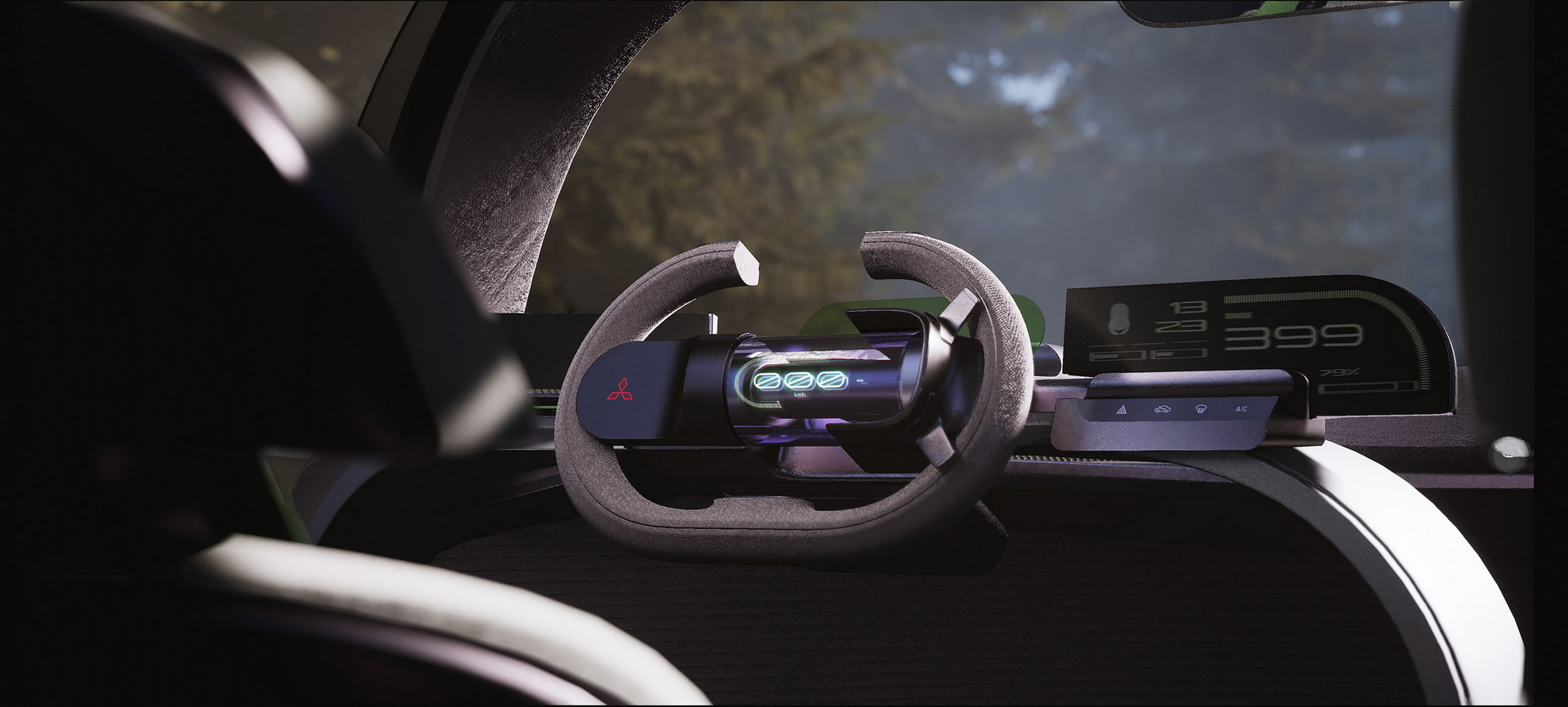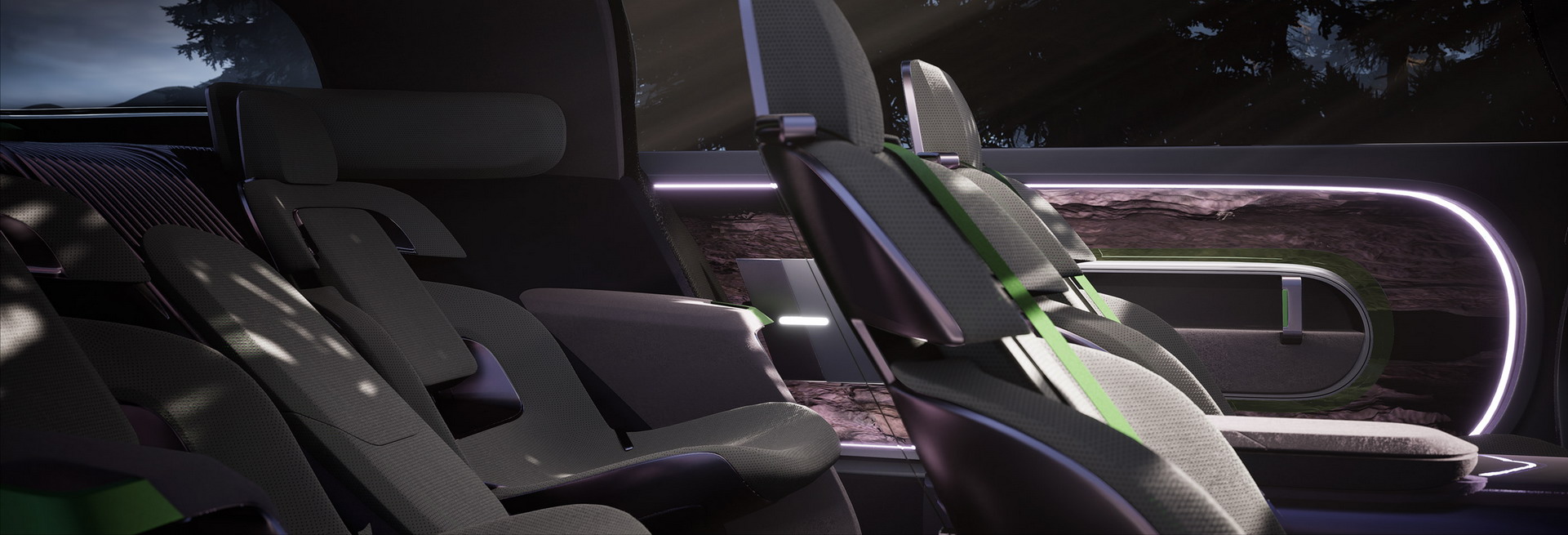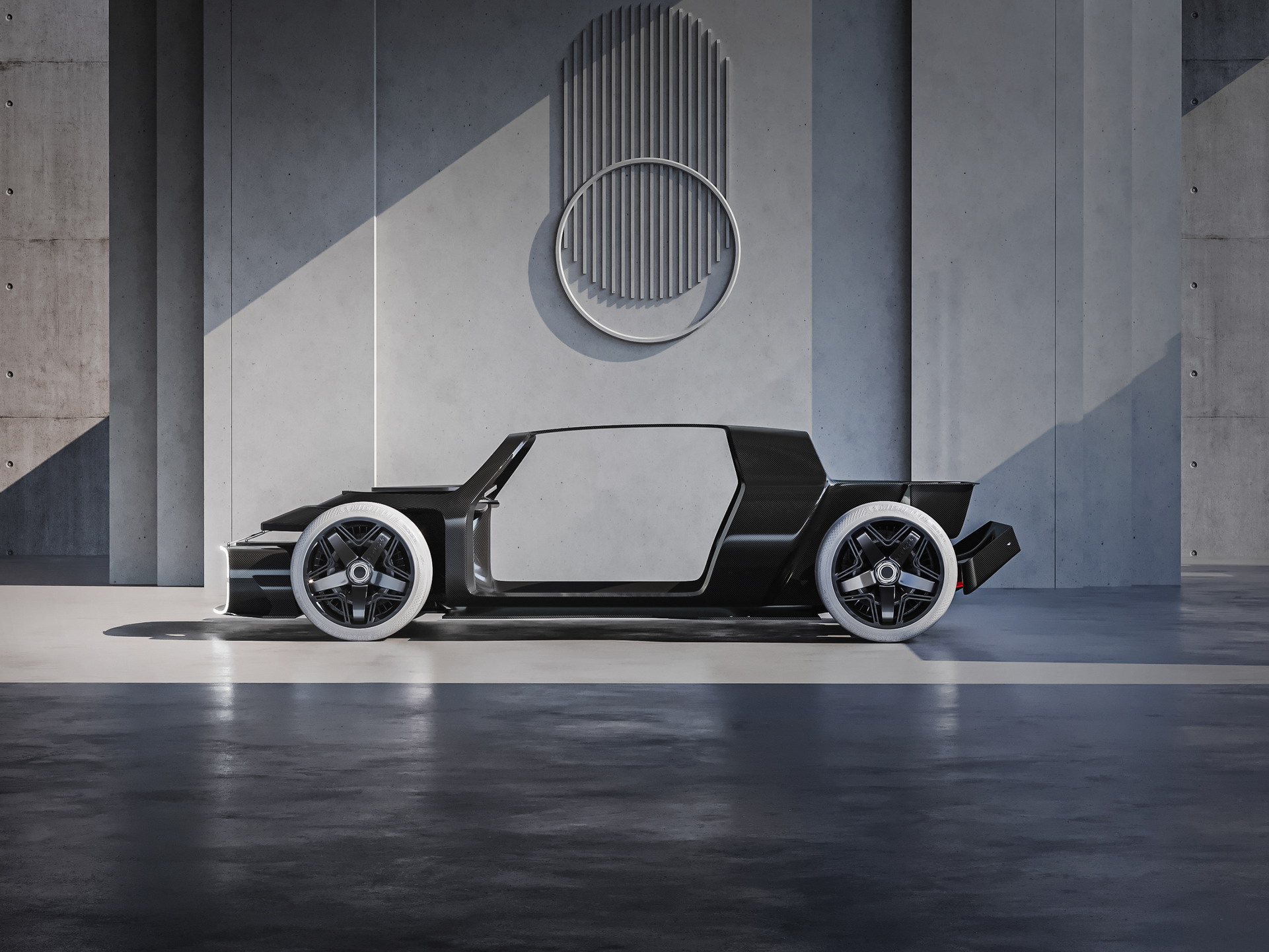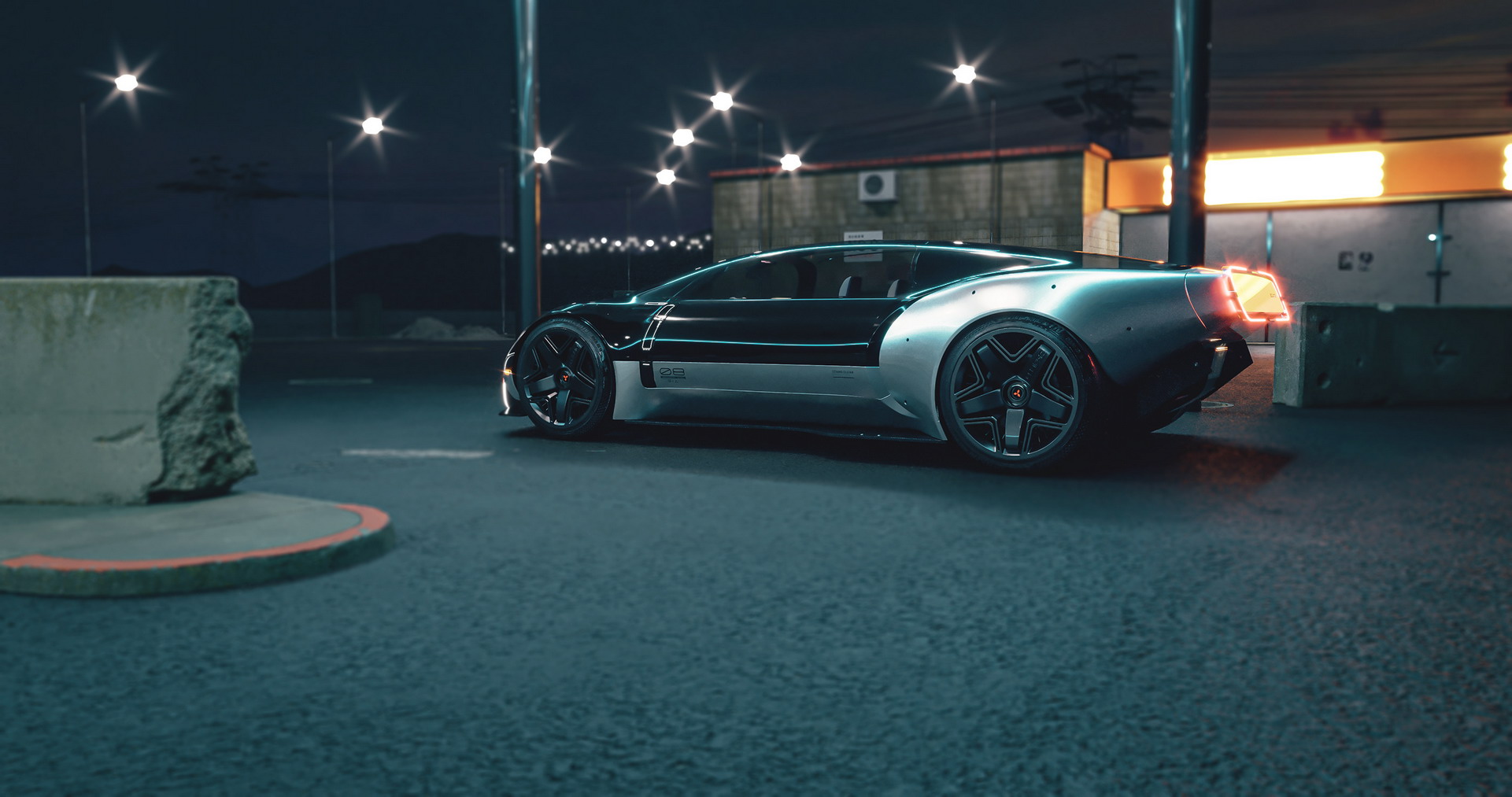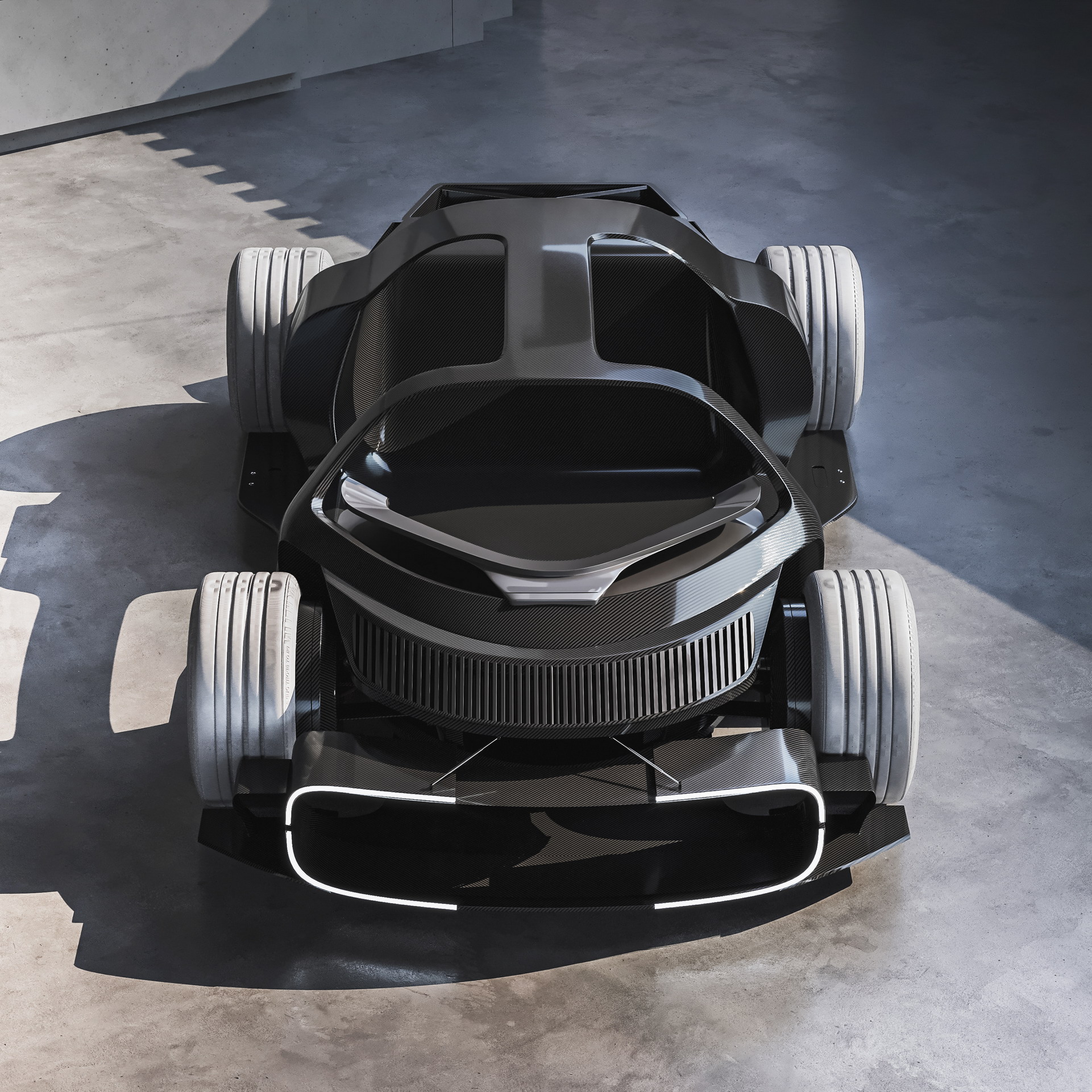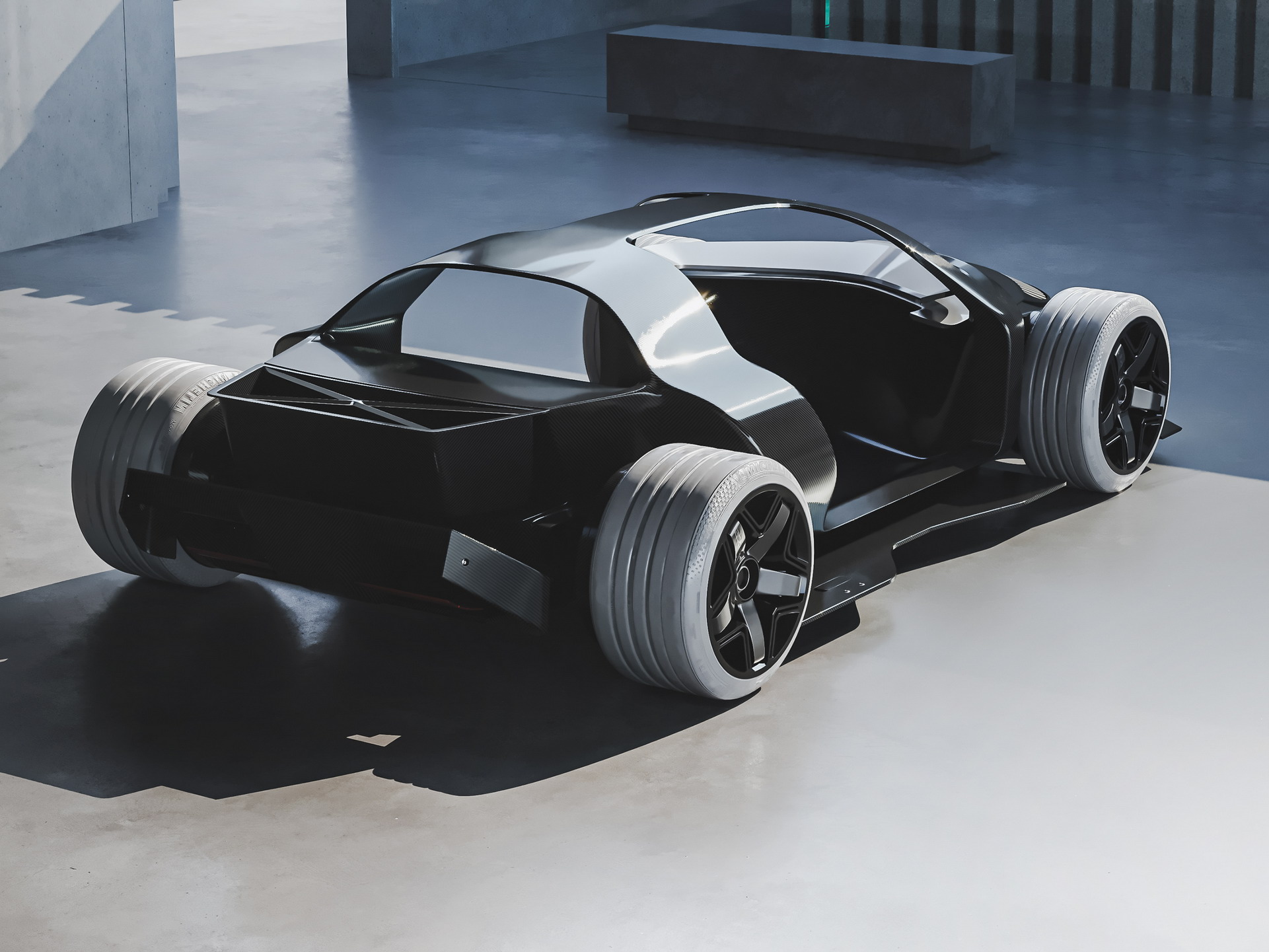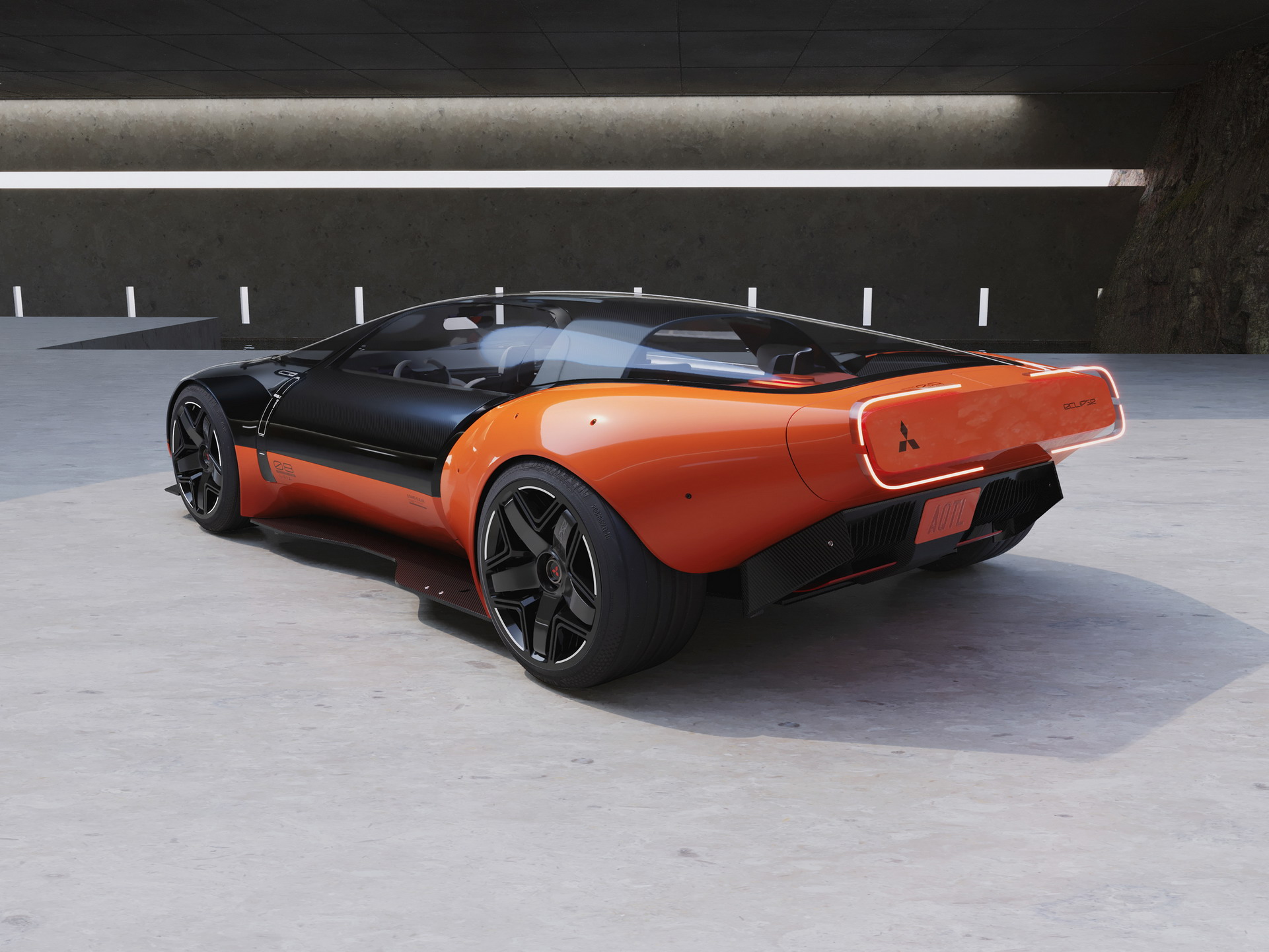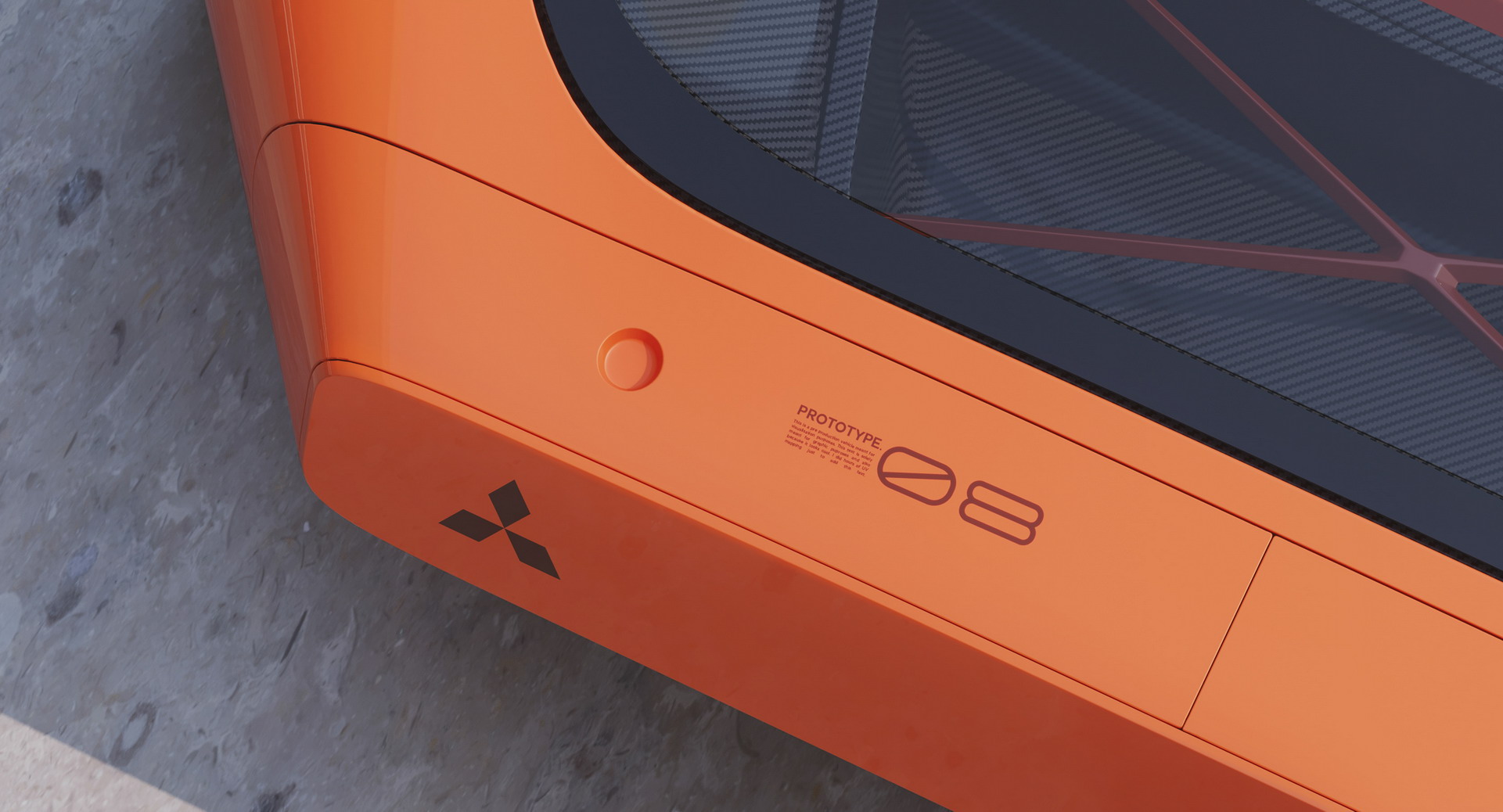This story contains an independent design study by Advait Taware and Karan Adivi who are neither related to nor endorsed by Mitsubishi.
The Mitsubishi Eclipse may not get the same amount of love as some of its Japanese rivals from back in the day, but it is still a very cool car and led to the creation of this study penned by professional automotive designer Advait Taware with the help of Karan Adivi.
The futuristic creation shares very little in common with the original Eclipse and is based around a carbon fiber monocoque. It has also been designed as an EV that can be easily separated into two parts consisting of the passenger capsule and the driver module.
In Taware’s ideal world, the drive module would easily fold up and charge in an owner’s apartment building while the passenger capsule would be connected to the lift of an apartment building and take owners straight into their homes – who doesn’t love some flight of fantasy?
More: A 2025 Mitsubishi 3000GT Ain’t Happening, But We Visualized A Toyota Supra And Nissan Z Rival Anyway
The electric architecture of the car has given the designer a lot of freedom to create a sports car that looks unlike any other. For example, the front end sports LED light bars where you would usually find the grille of an ICE car. The Eclipse concept also sports an absolutely massive glasshouse with the windshield stretching right to the front axle.
The designer has equipped the radical Mitsubishi concept with glass roof panels and an elongated rear end with LED taillights similar to those of the DRLs found up front. A set of five-spoke, star-shaped wheels also catch the eye.
Continuing the futuristic styling is a particularly eye-catching interior that offers seating for four occupants. The driver has access to an intriguing steering wheel with a digital speedometer embedded directly into it. There is also a large infotainment screen and a handful of touch-sensitive buttons for the climate control.
Check out the gallery in full below and share your thoughts in the comments.
Thanks to Advait Taware and Karan Adivi for sharing their project with us




